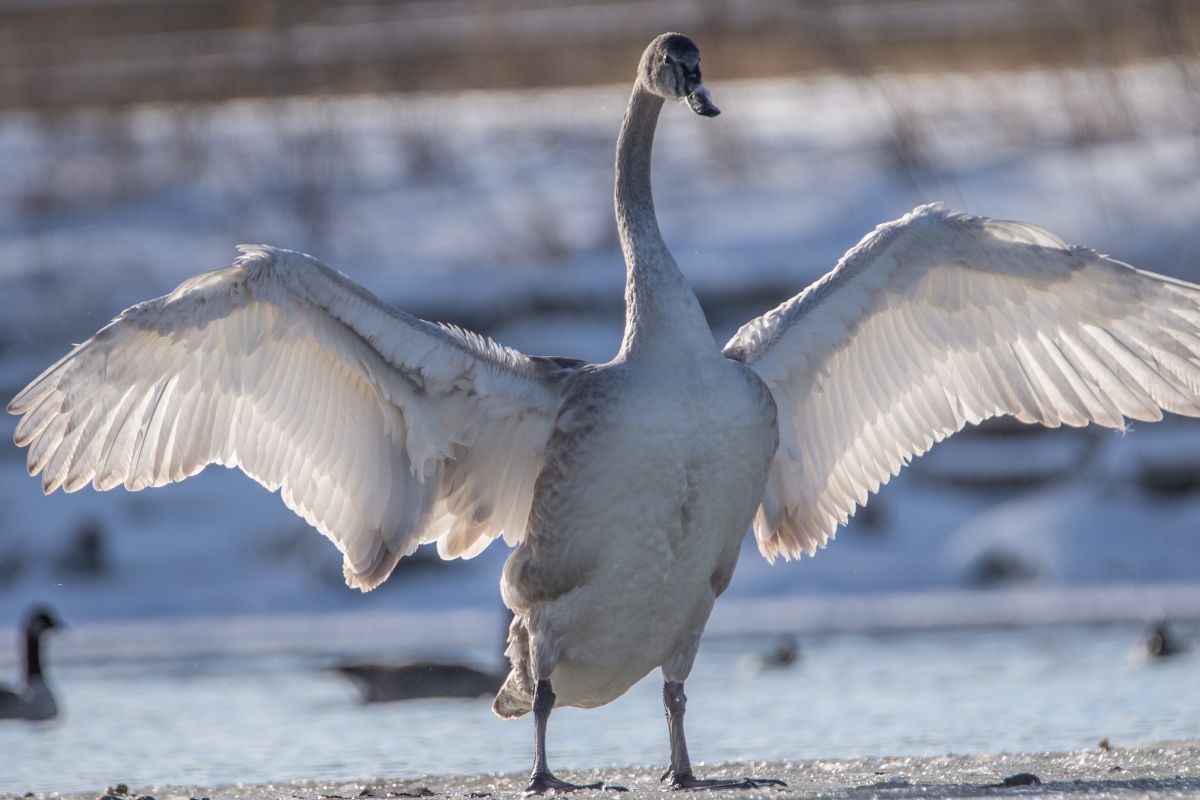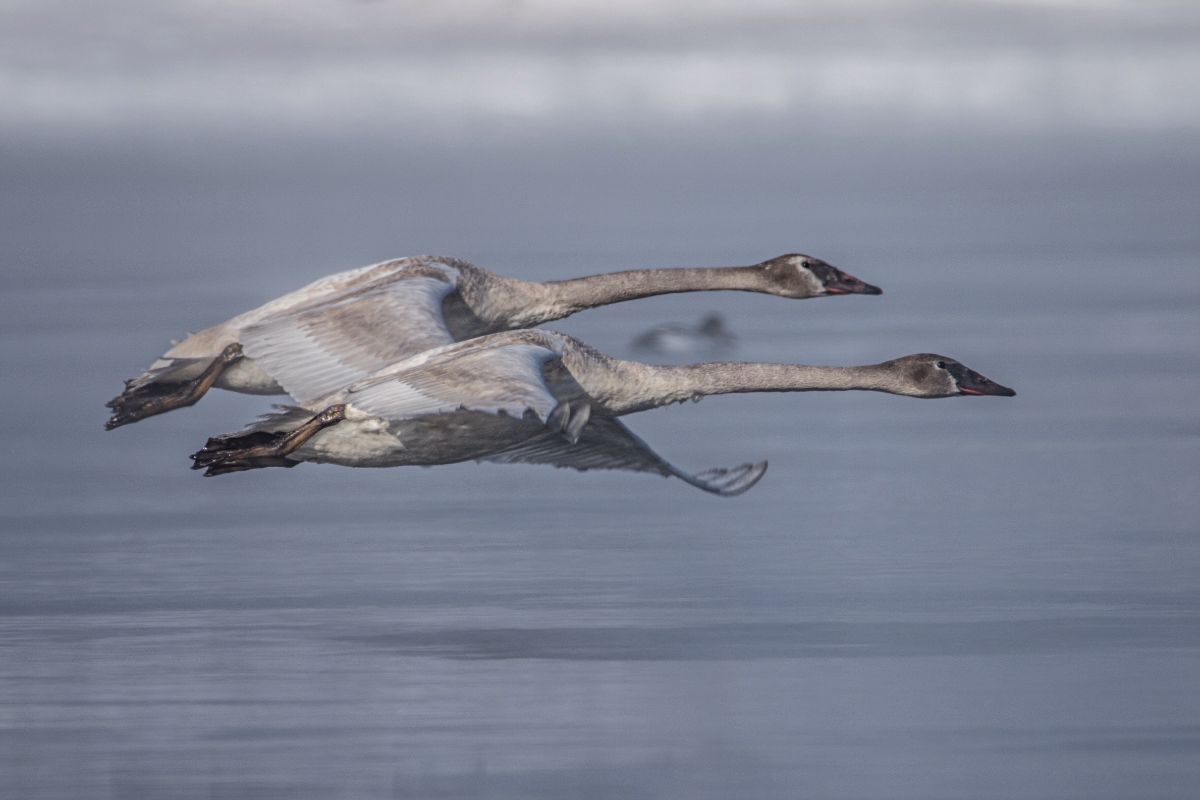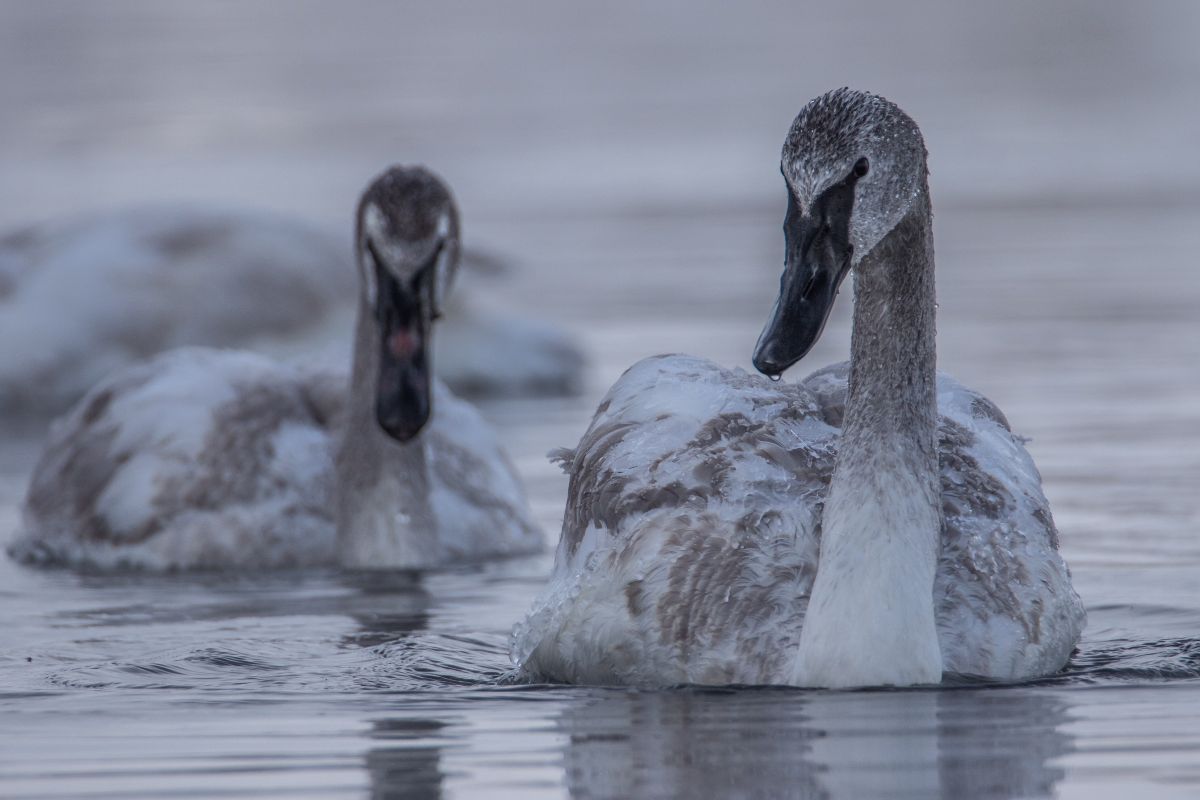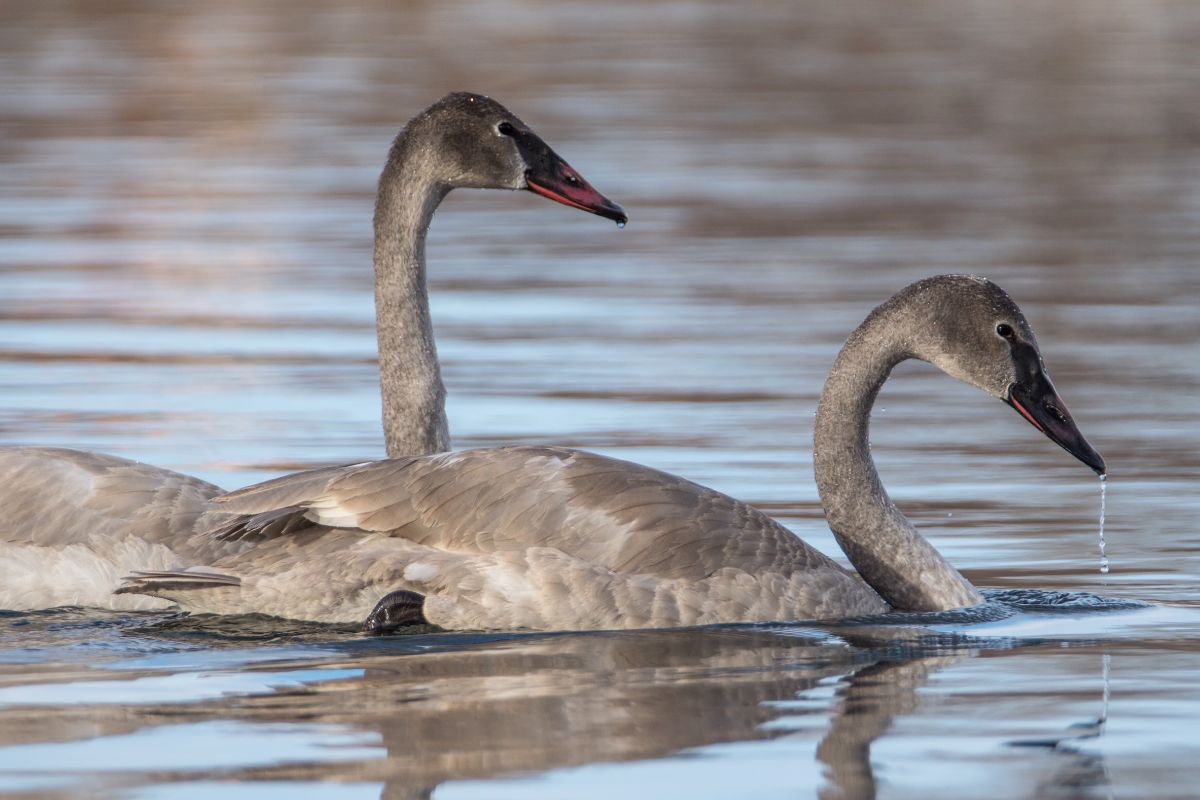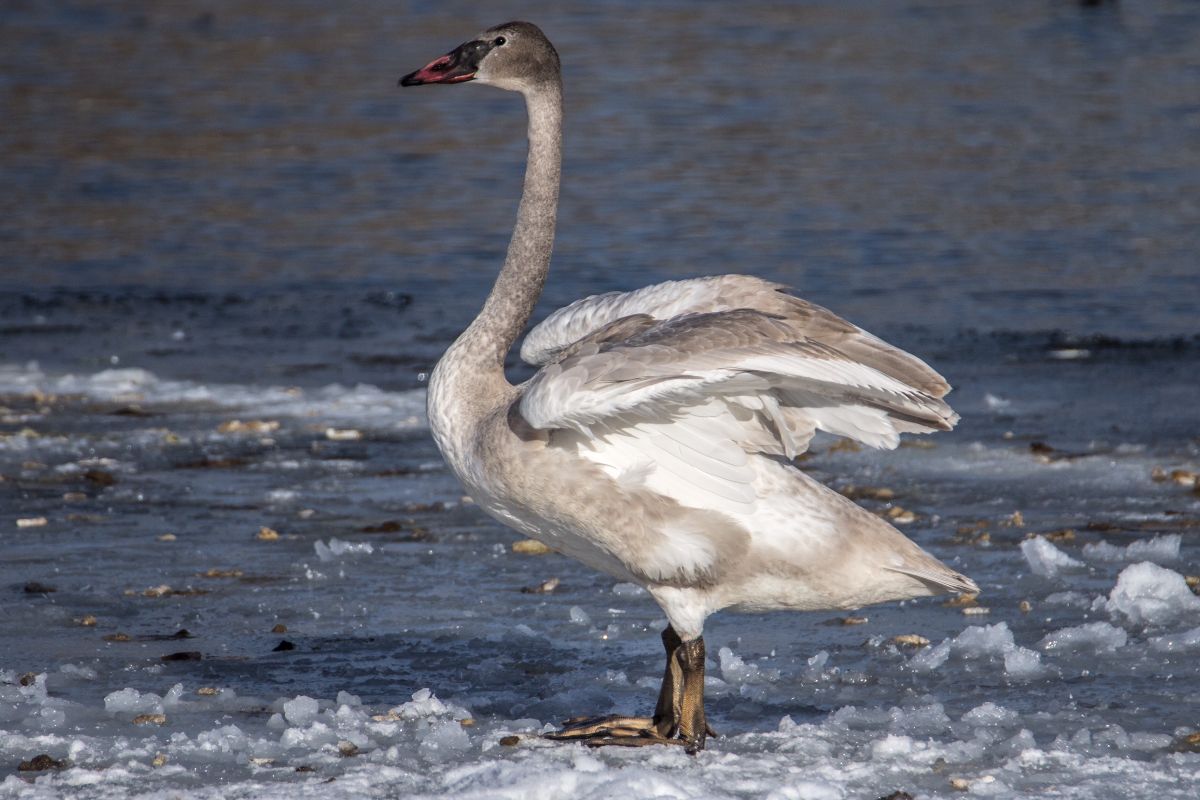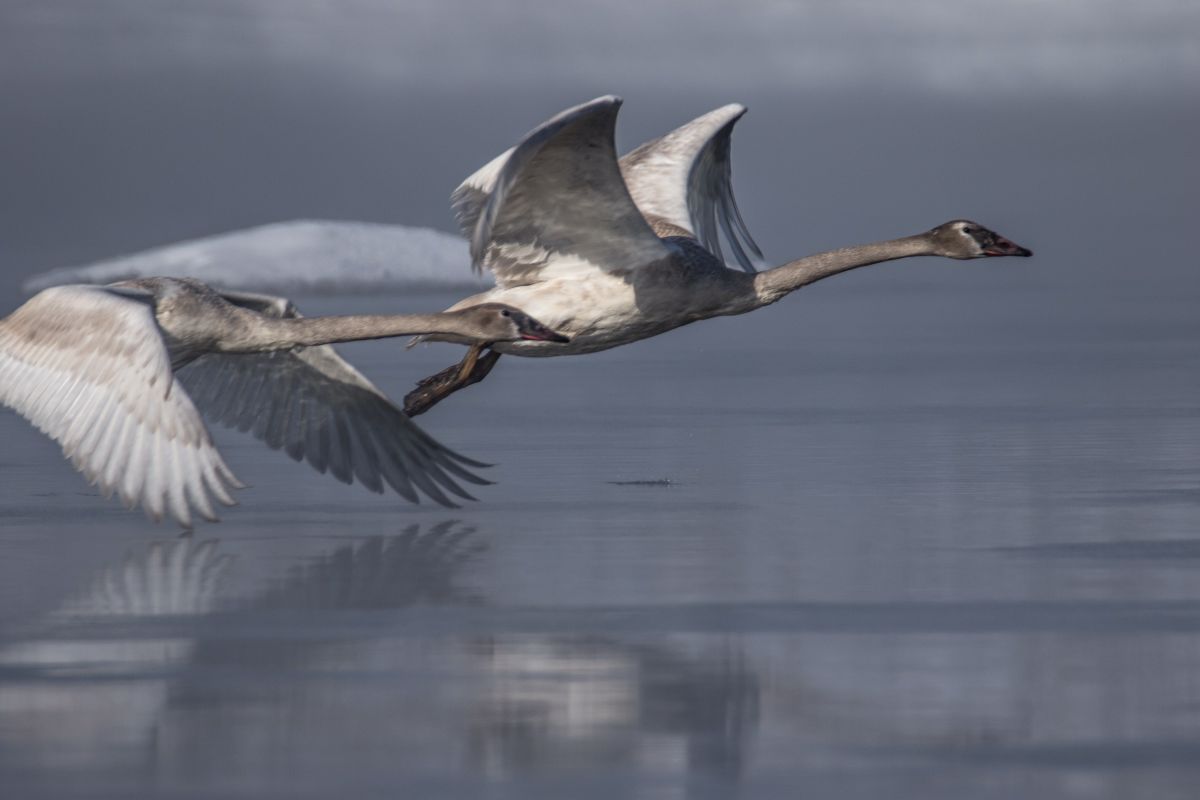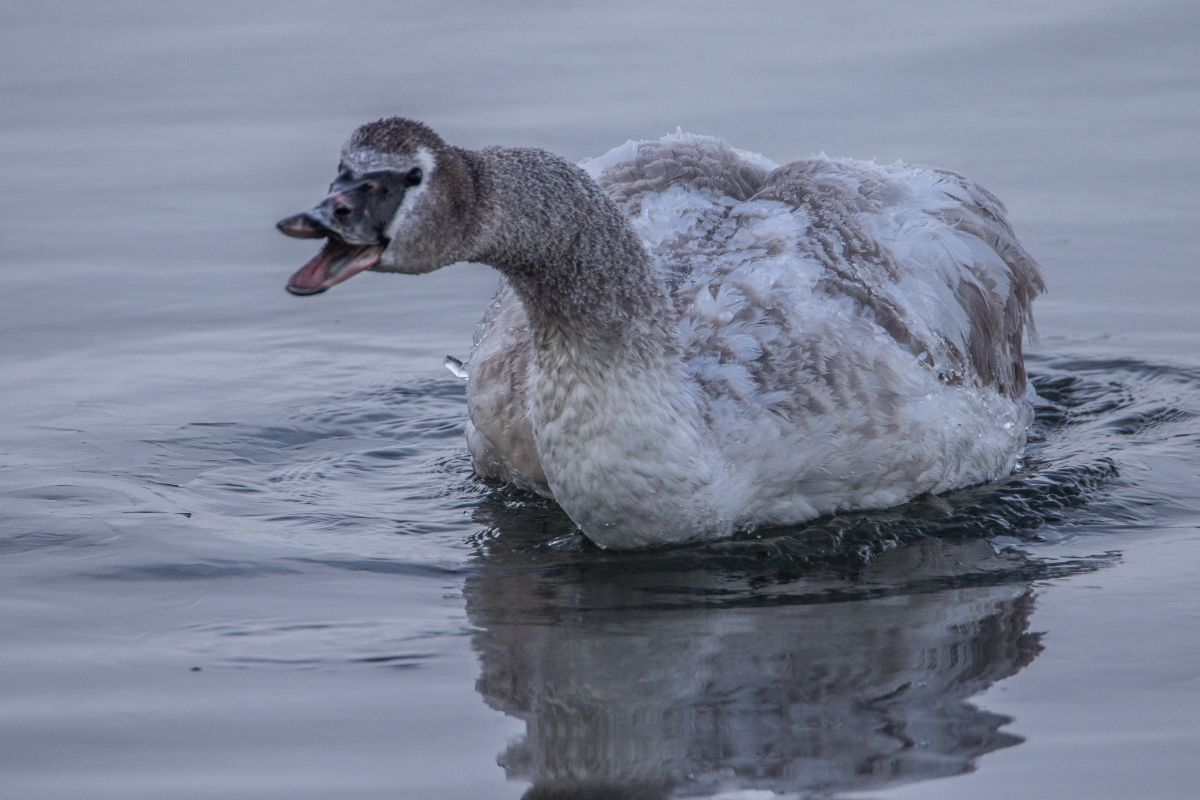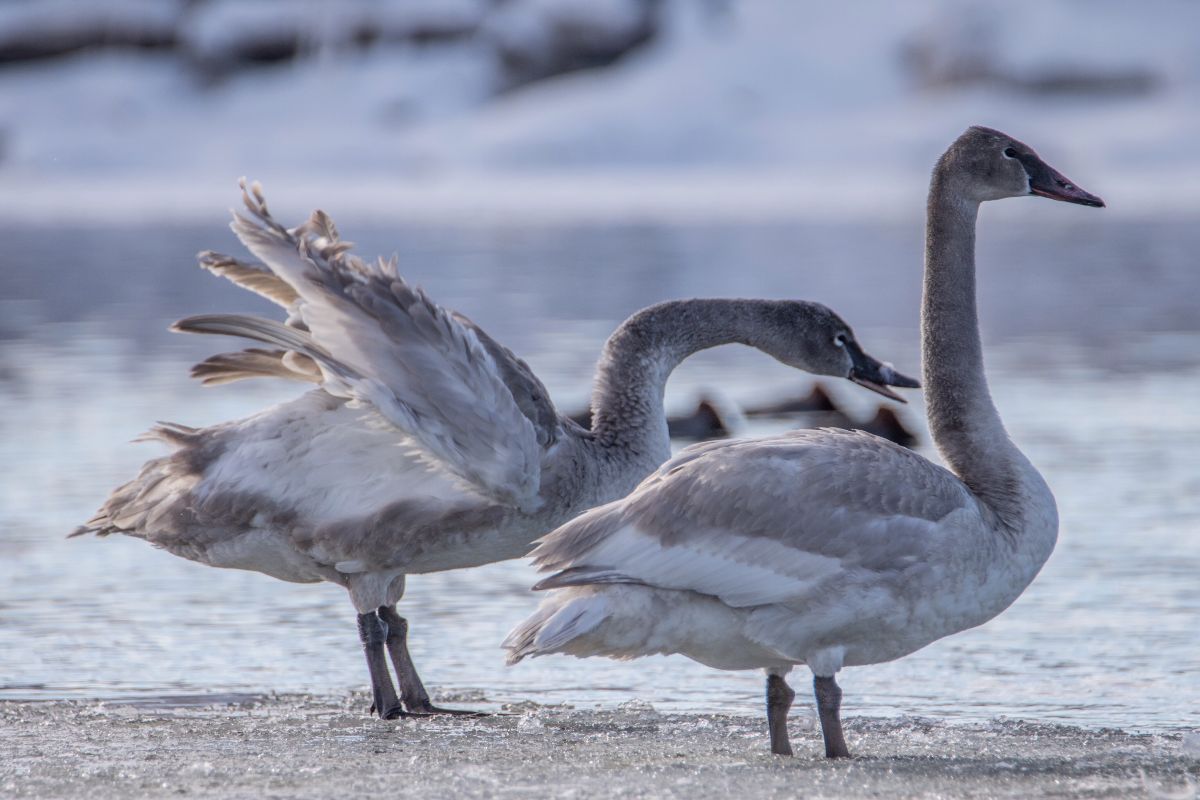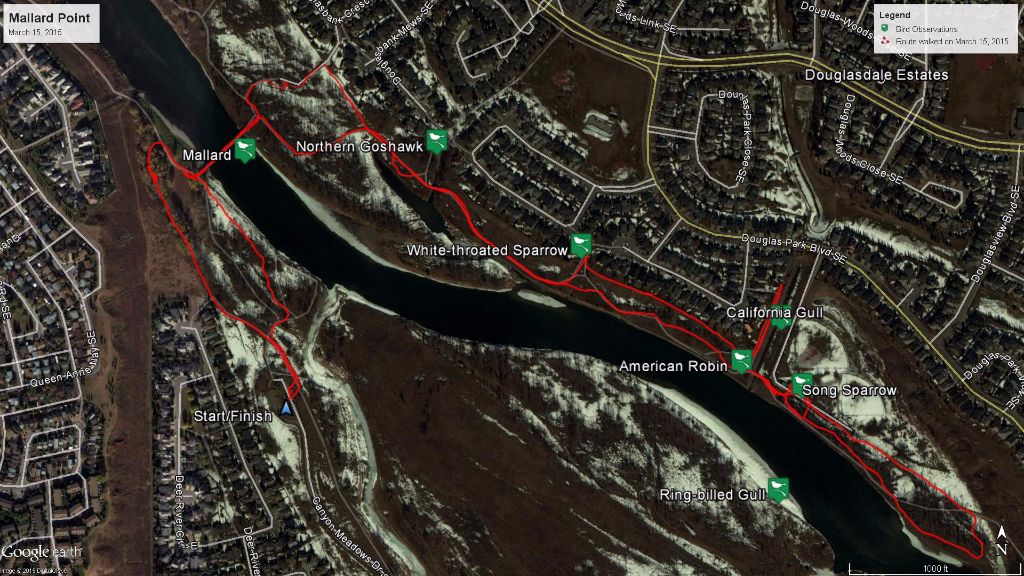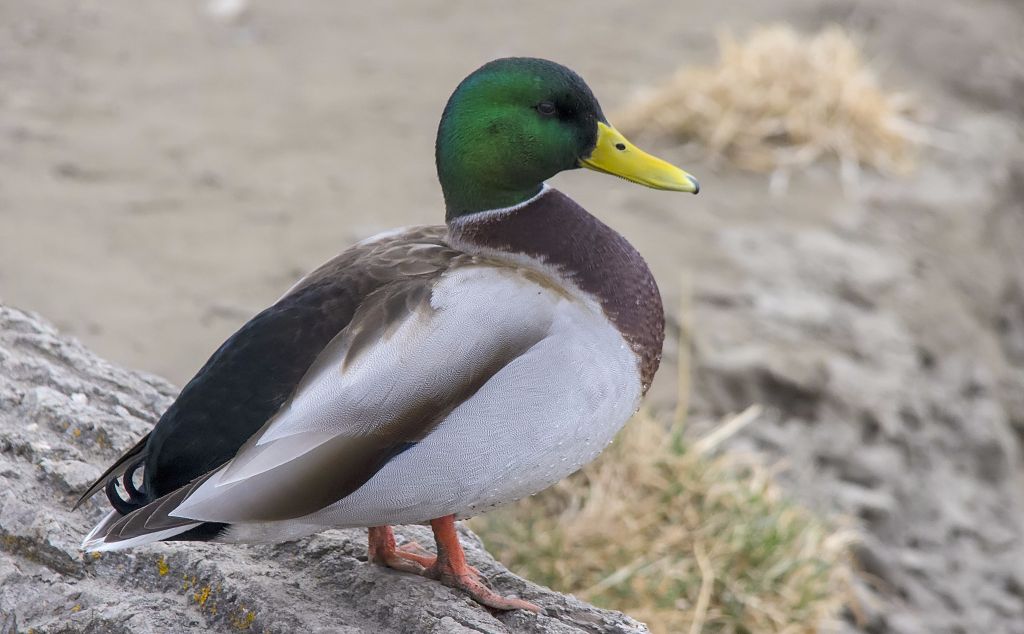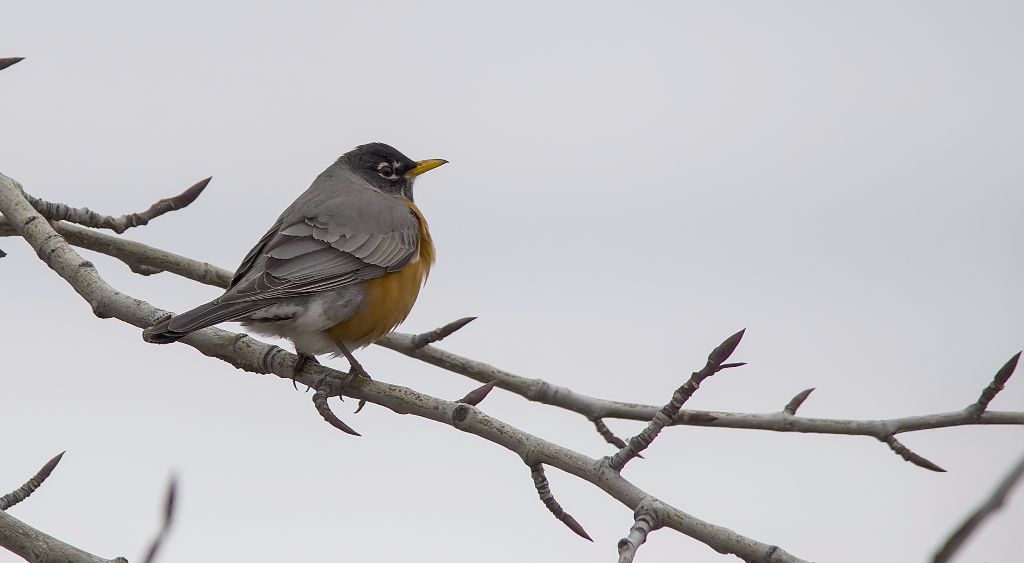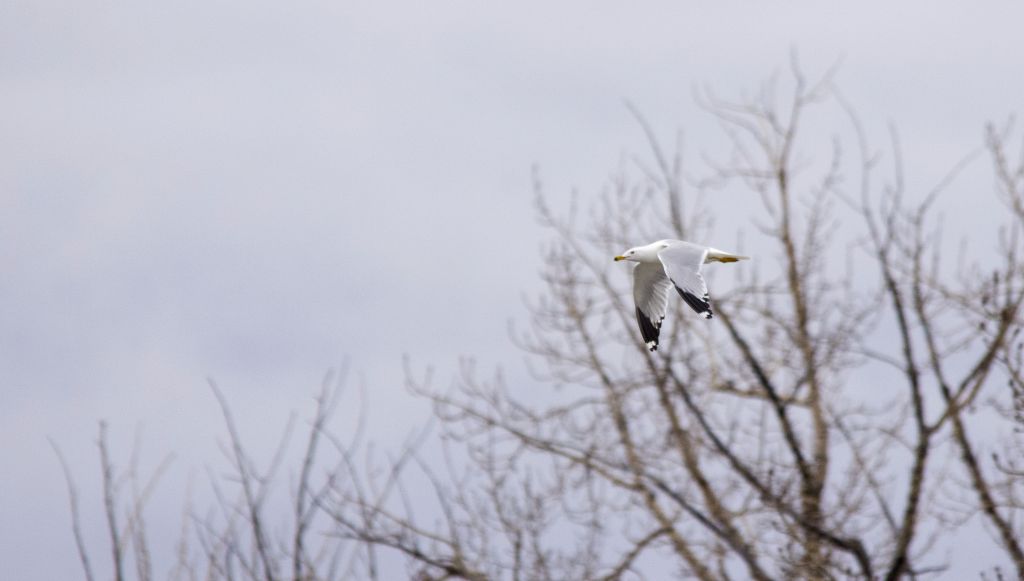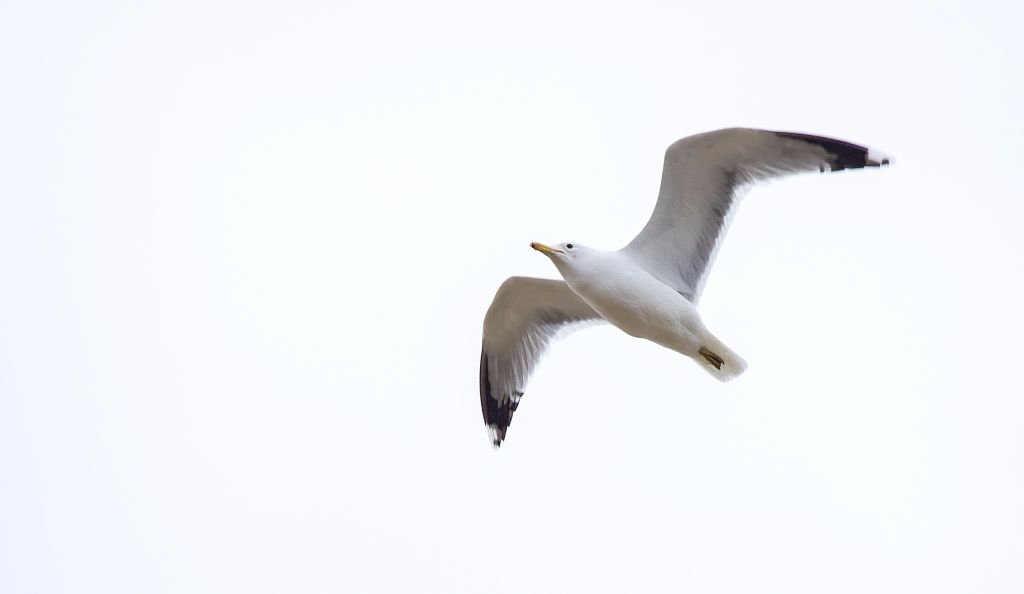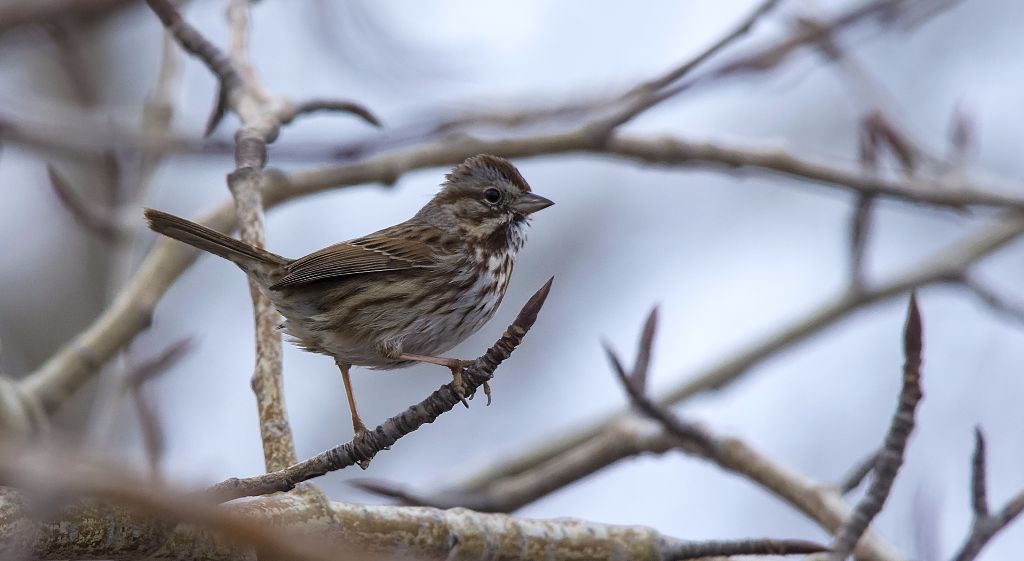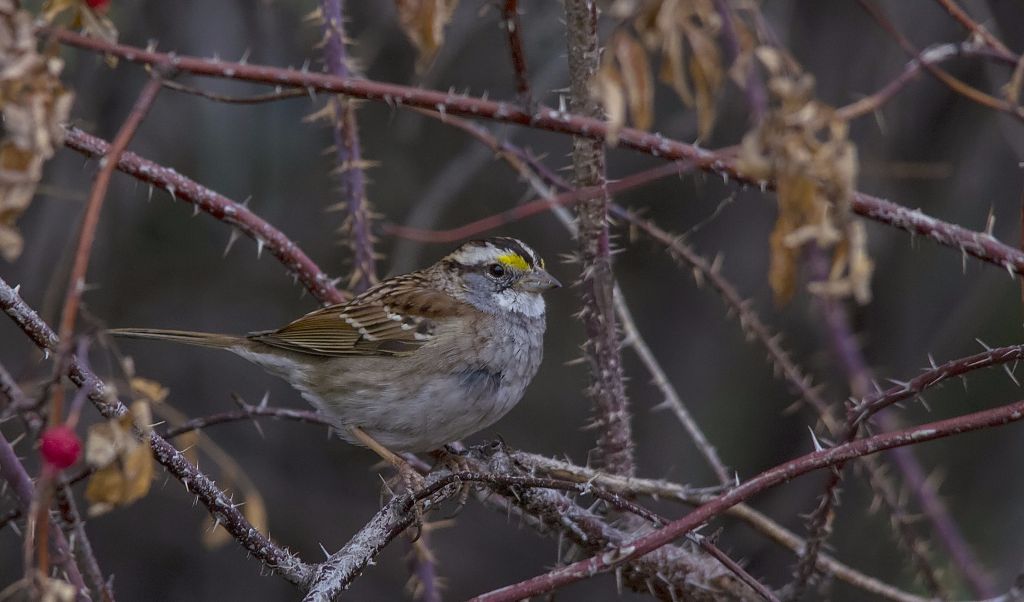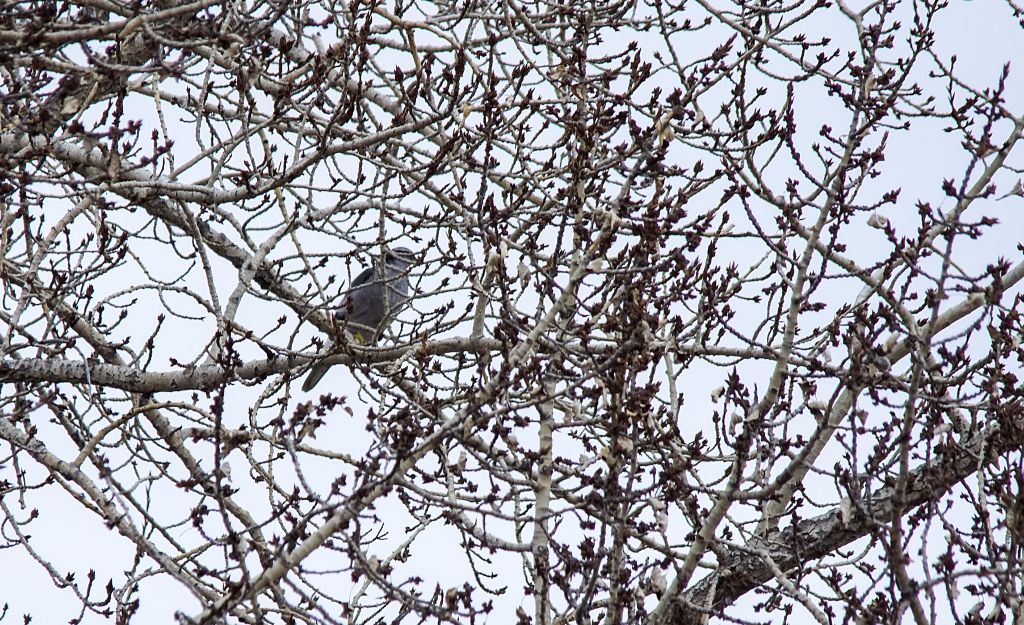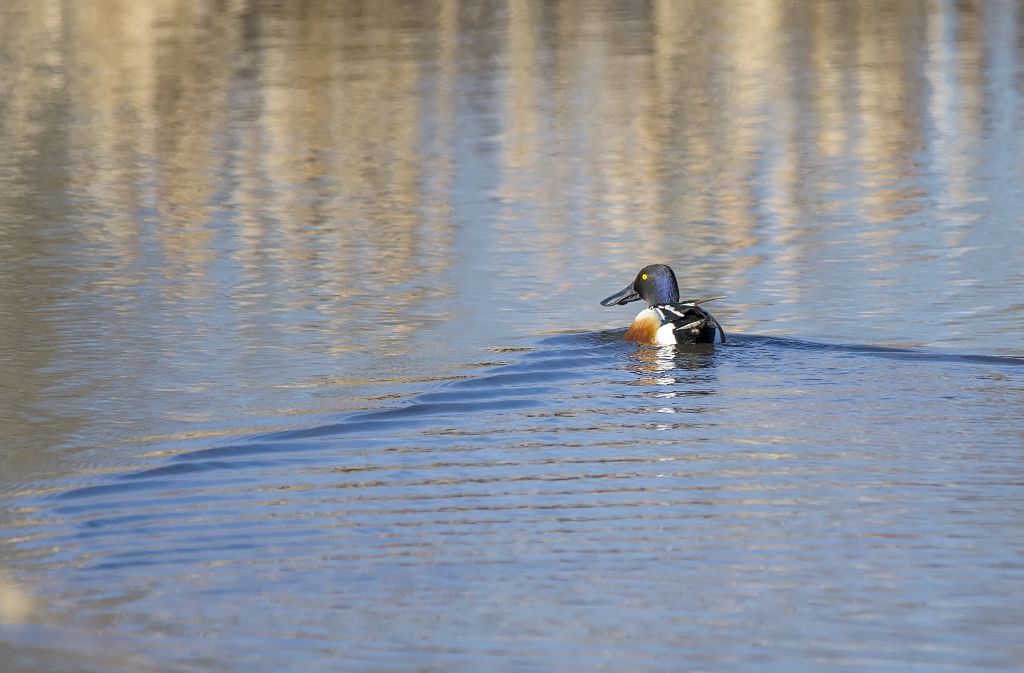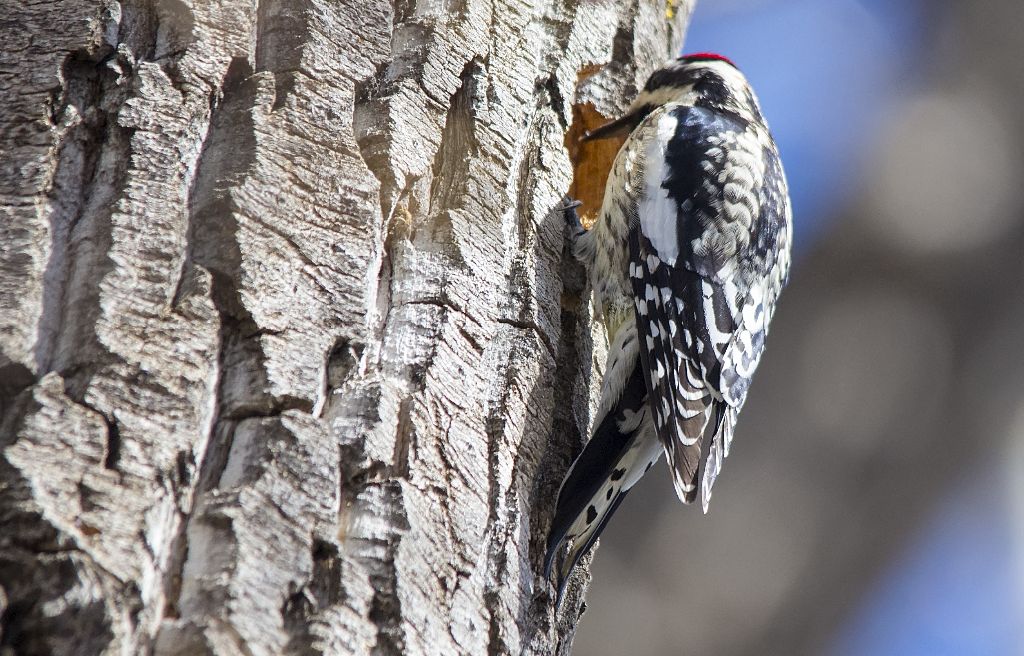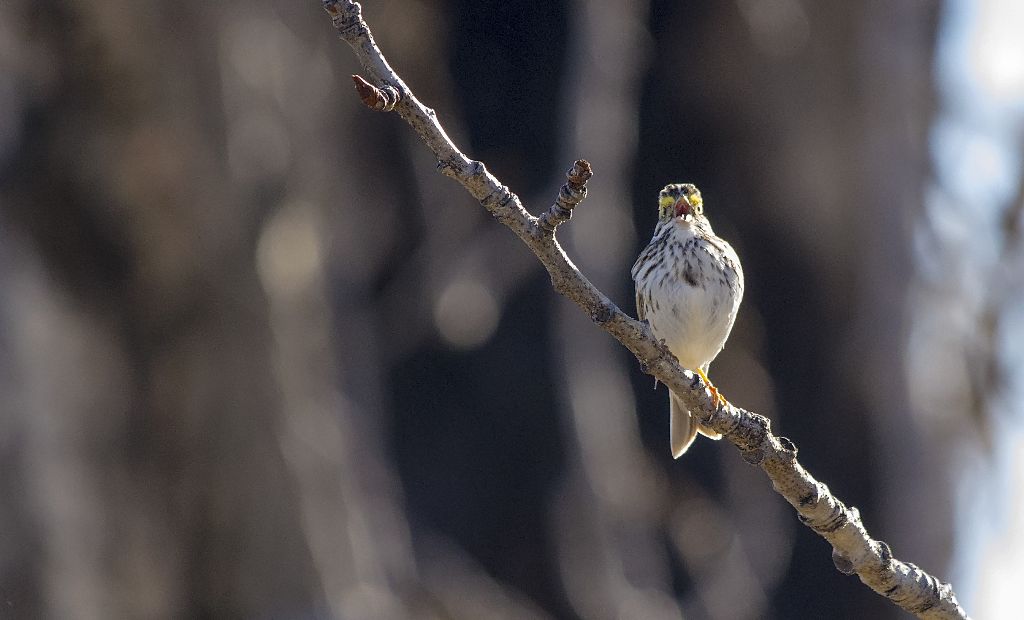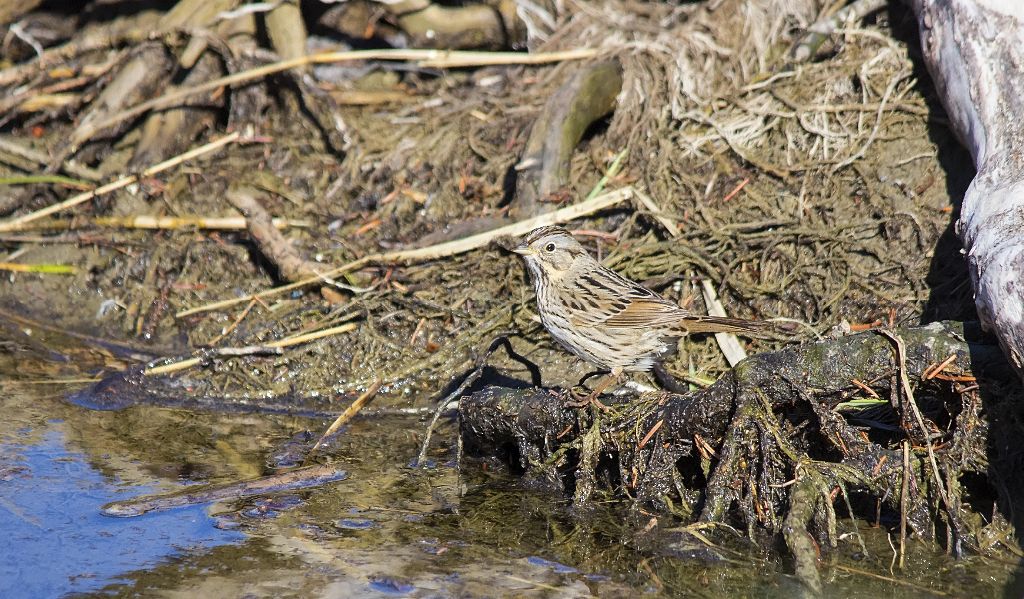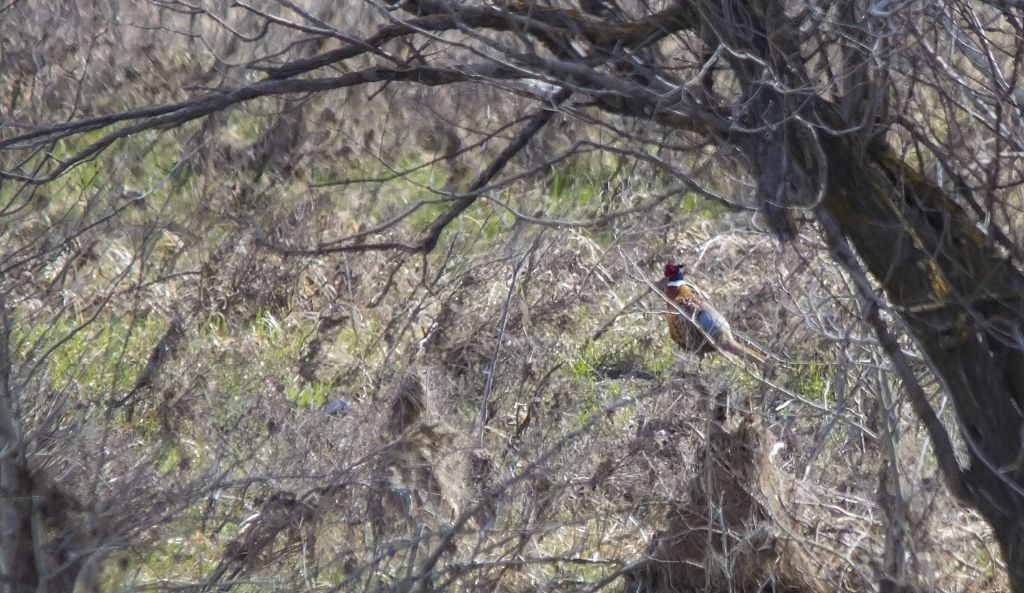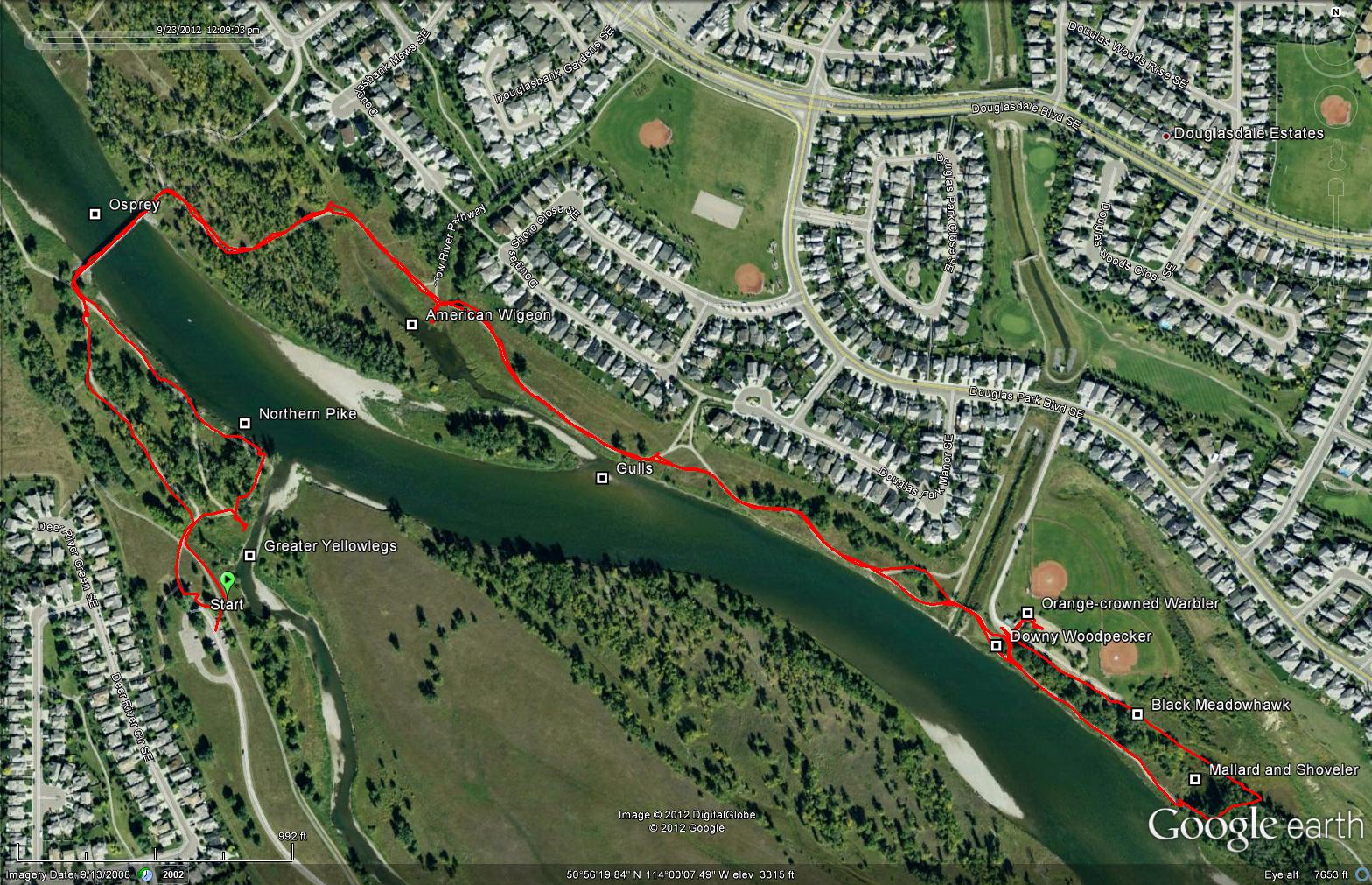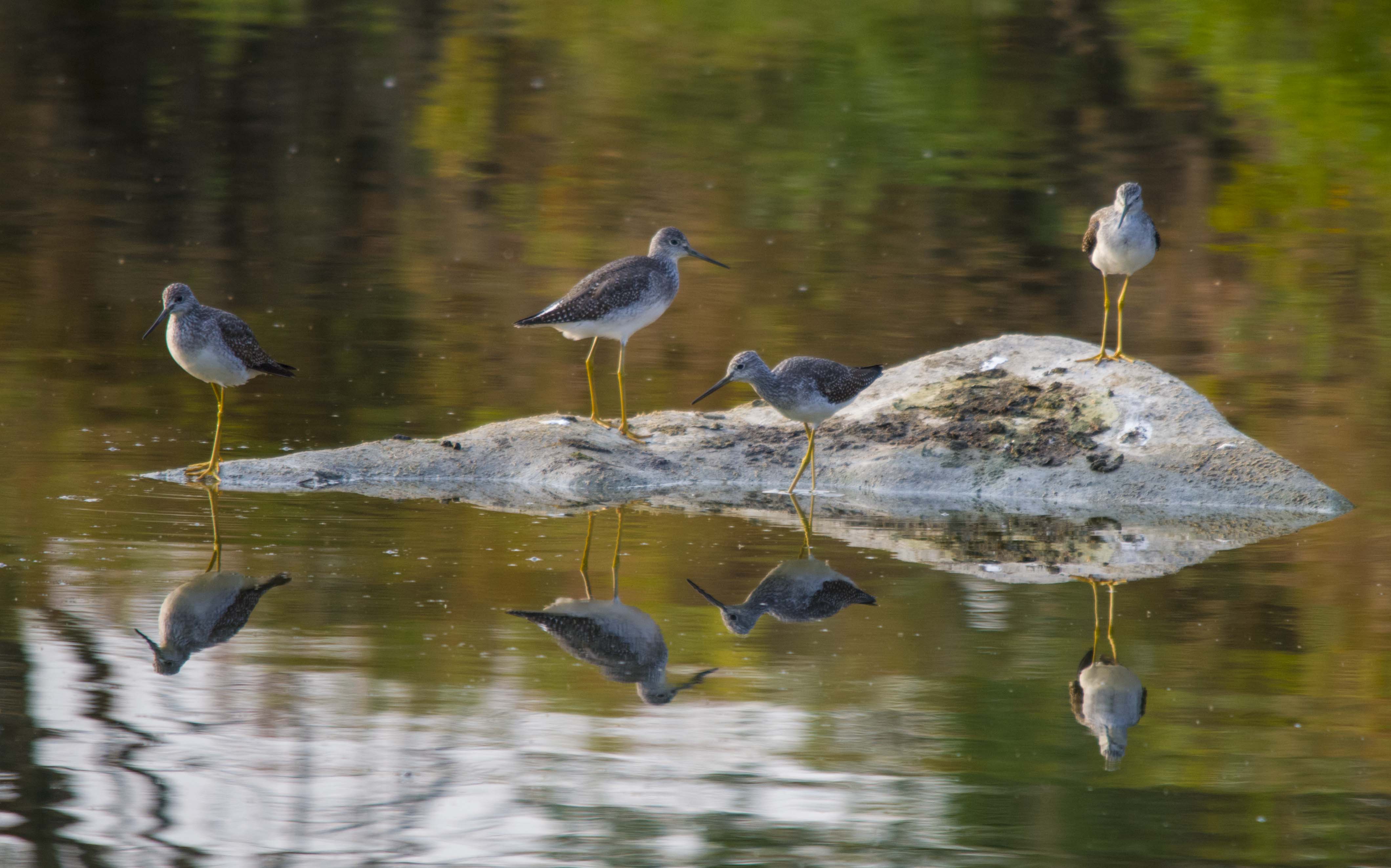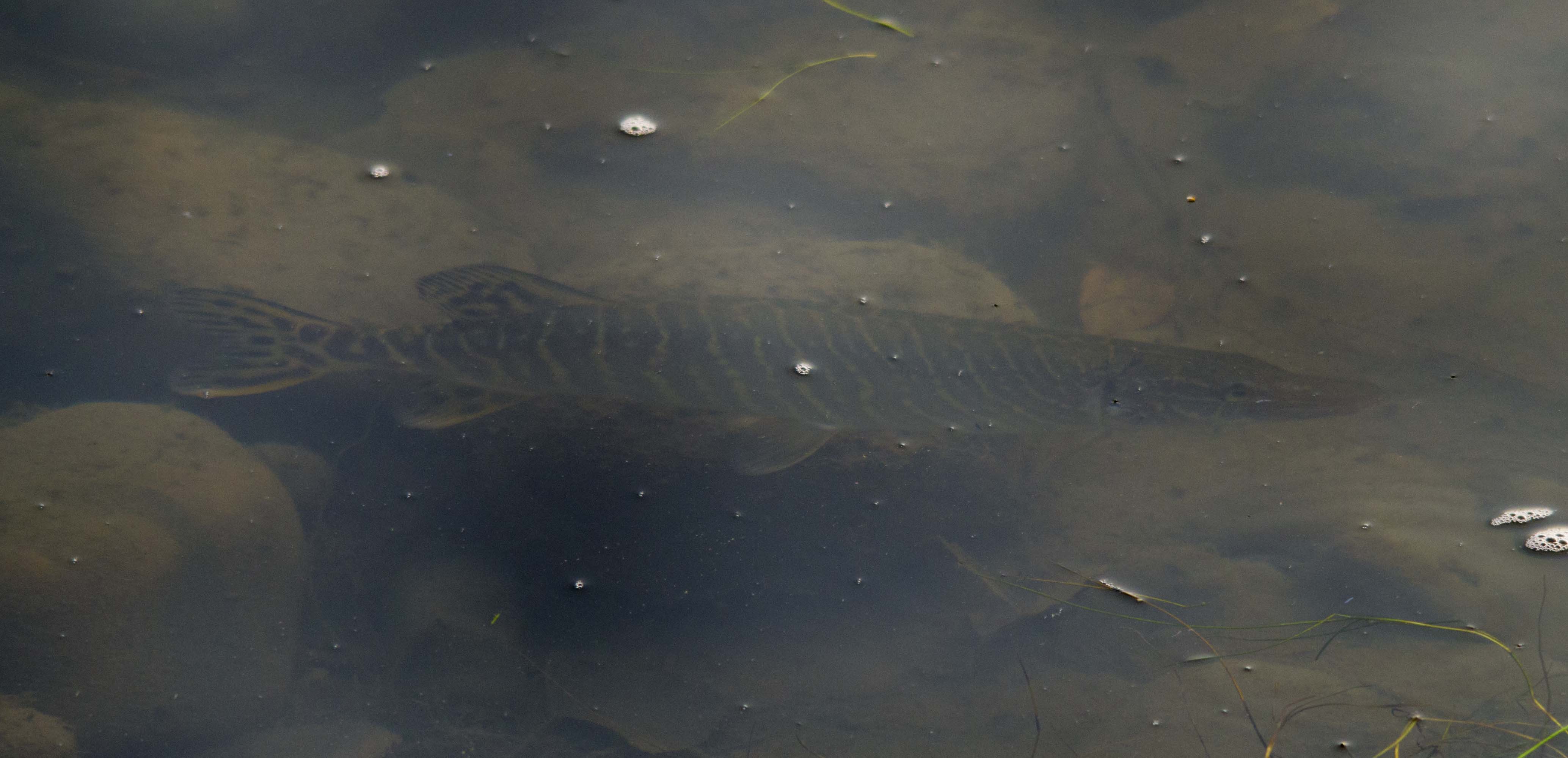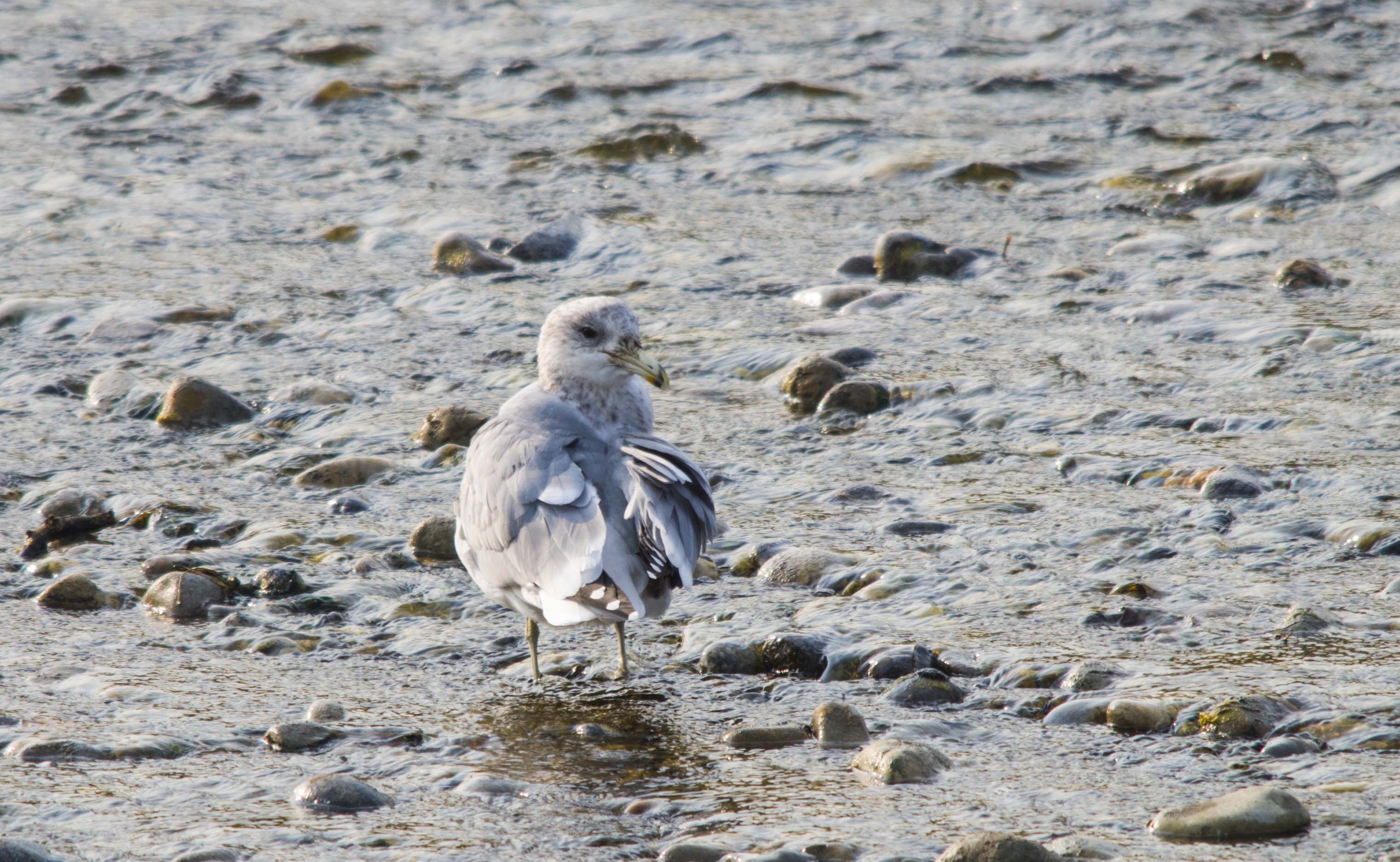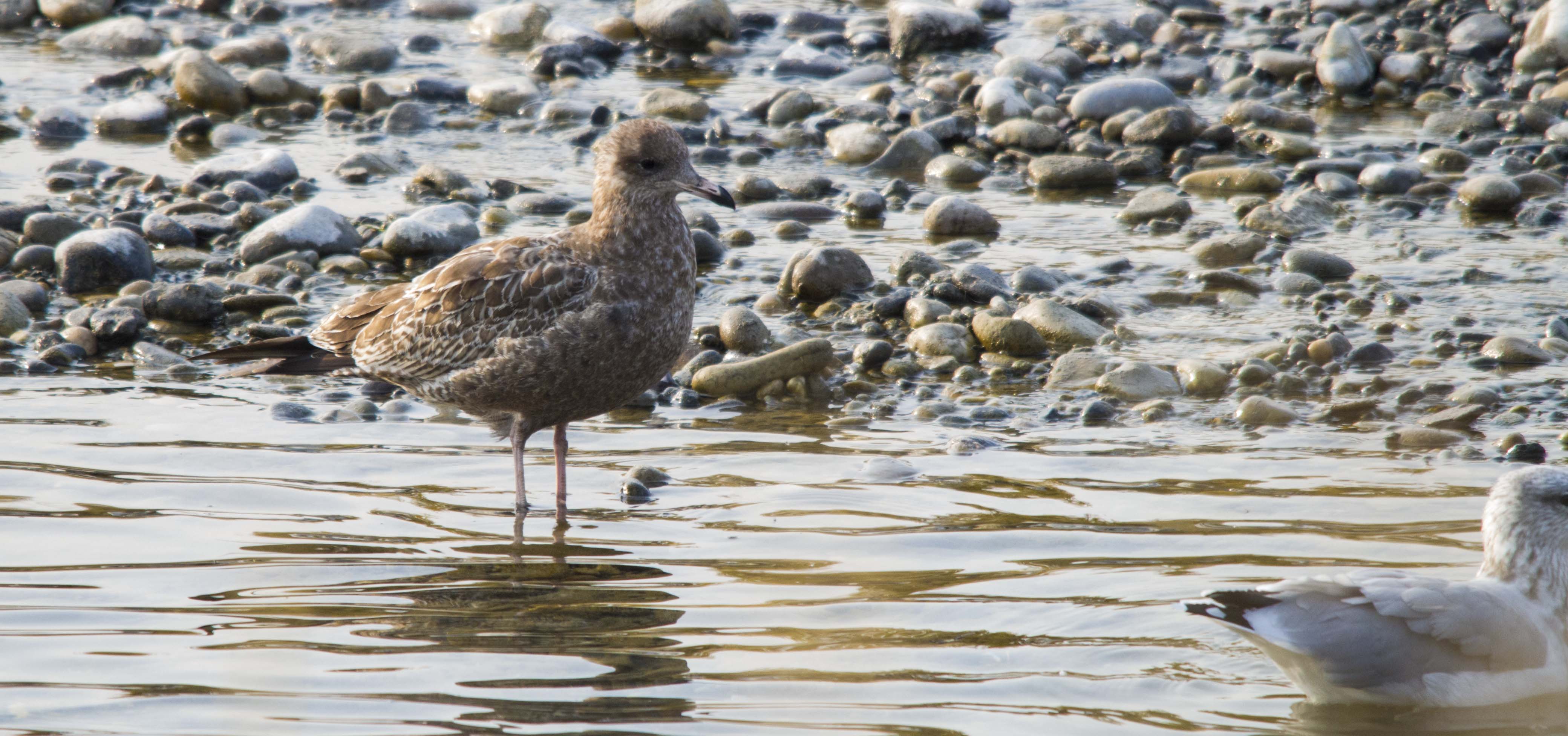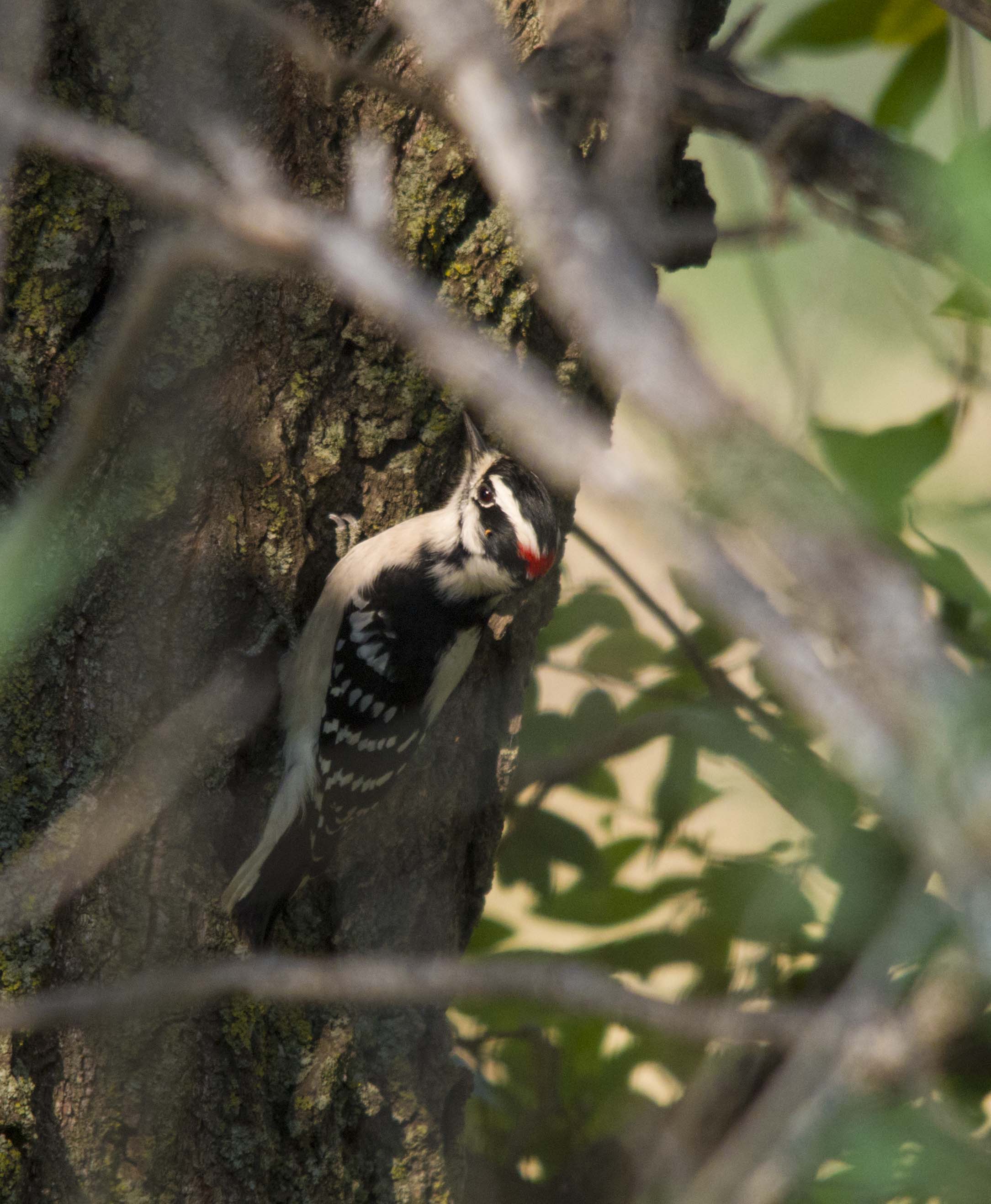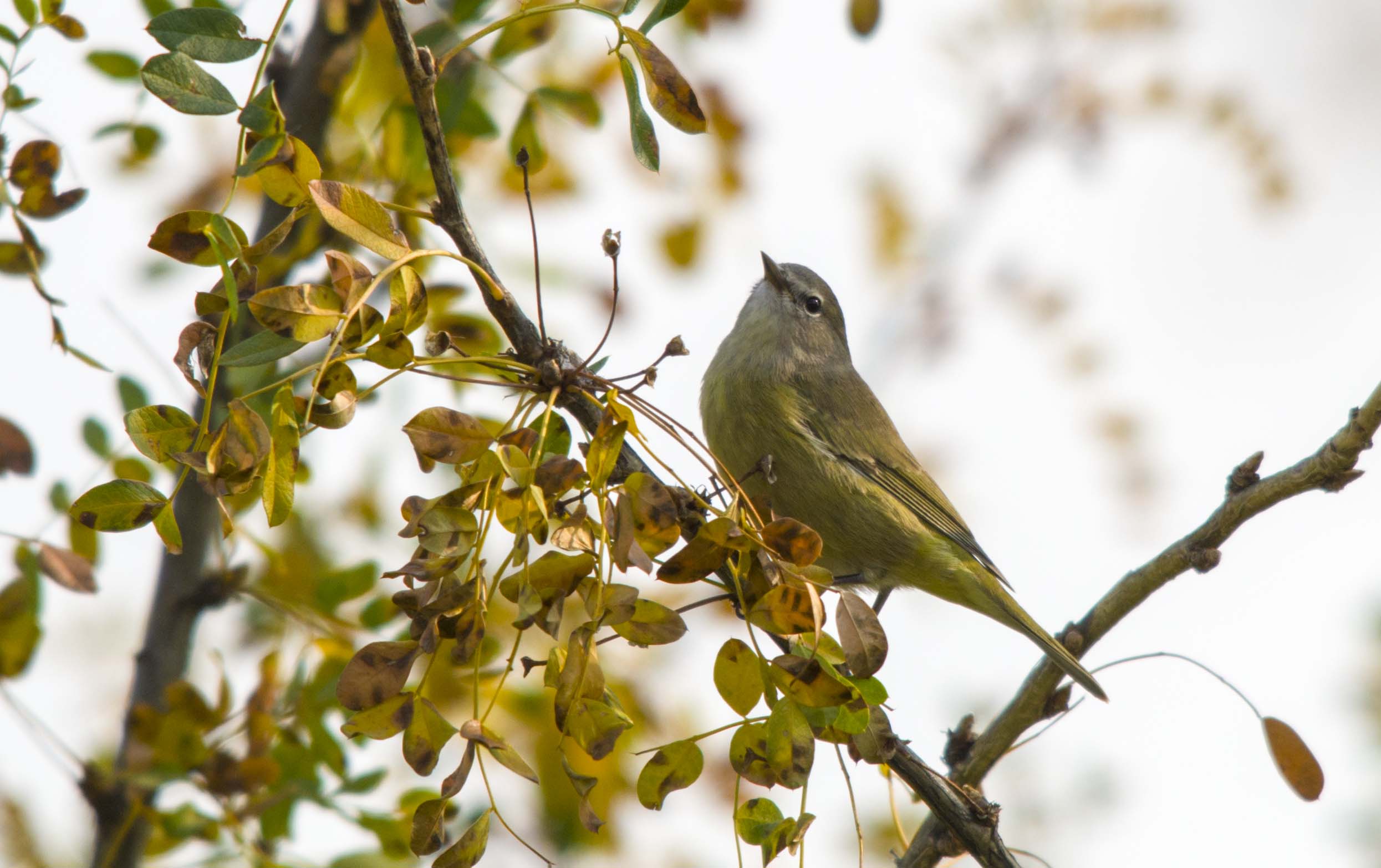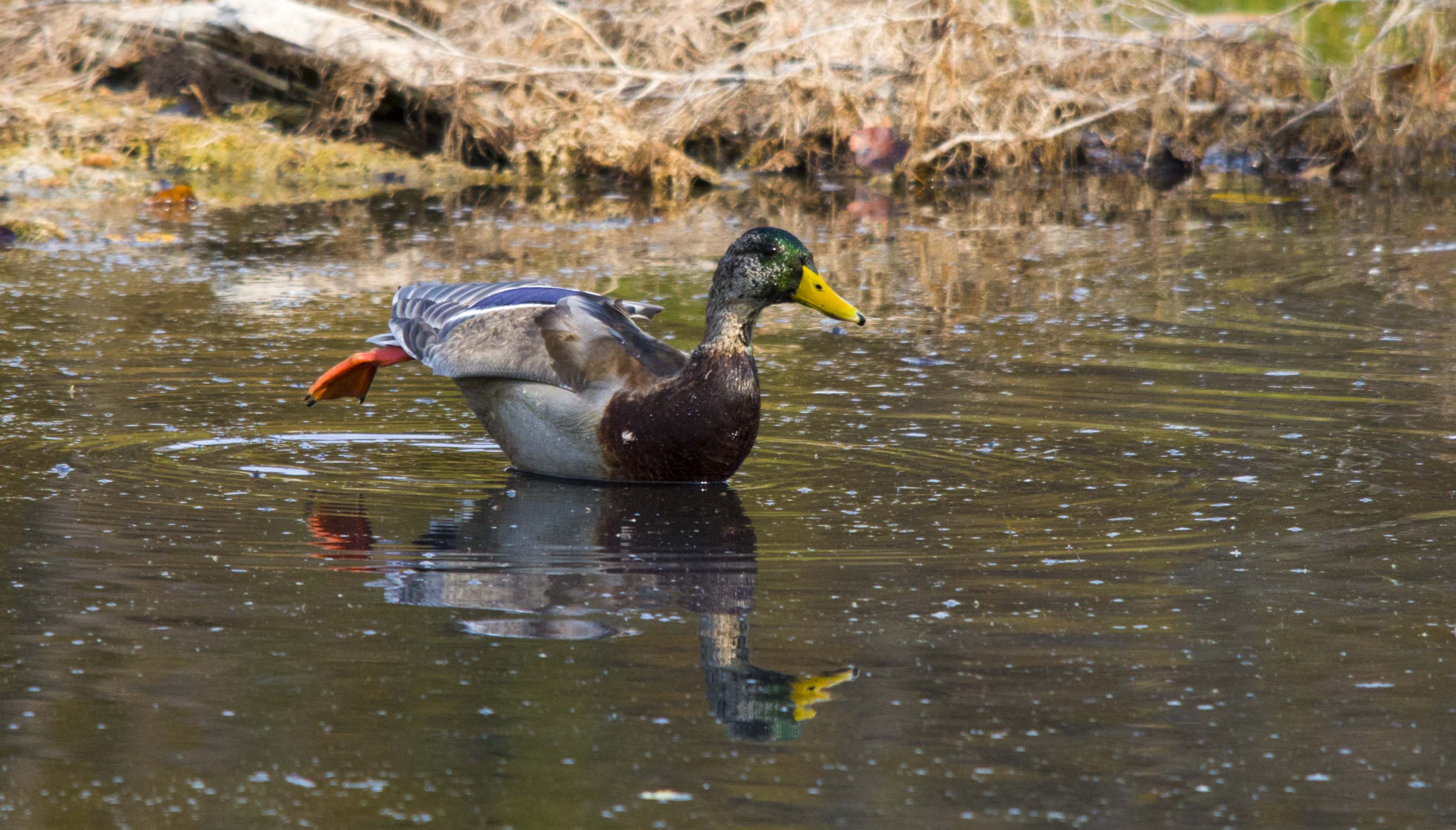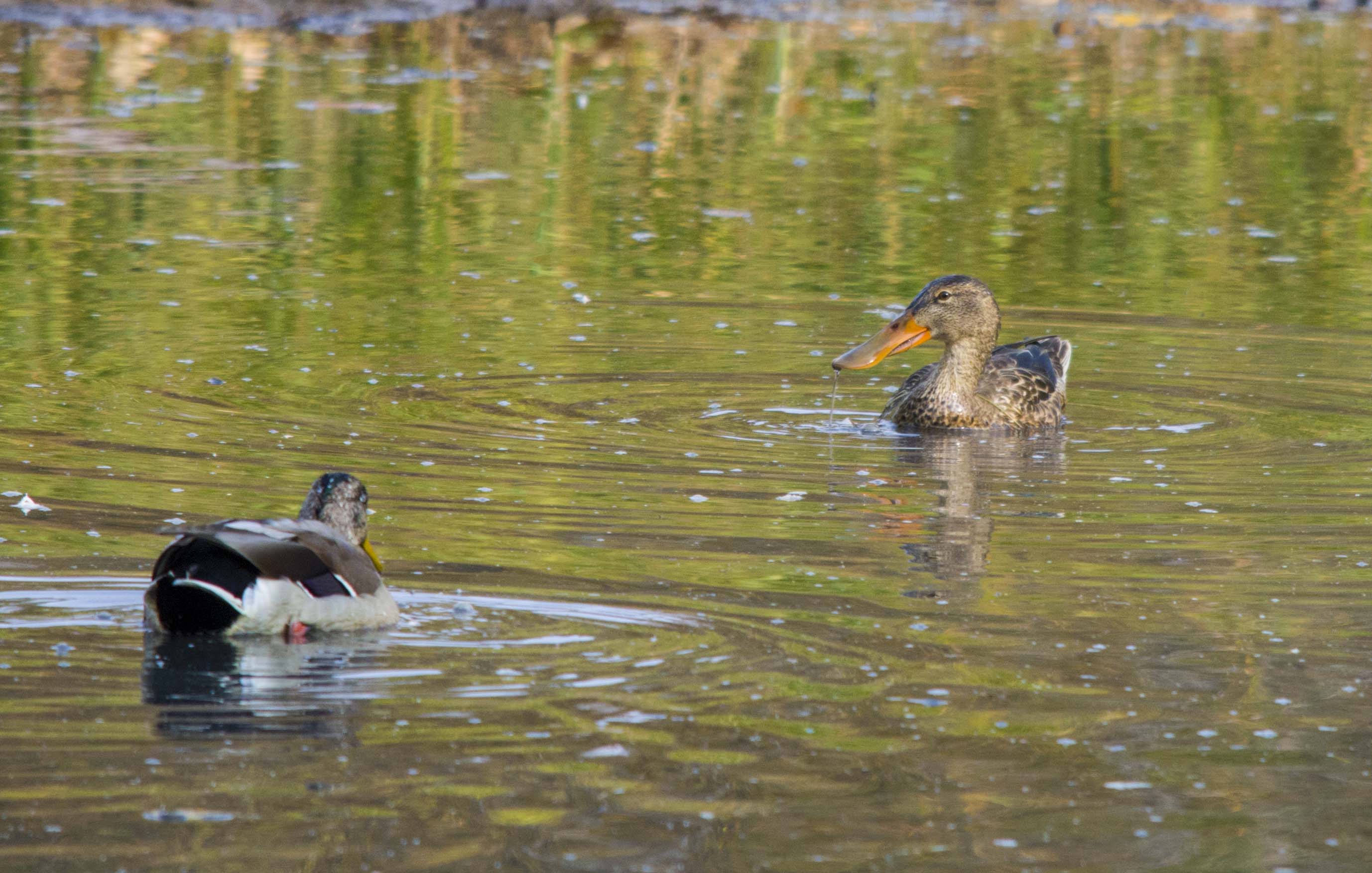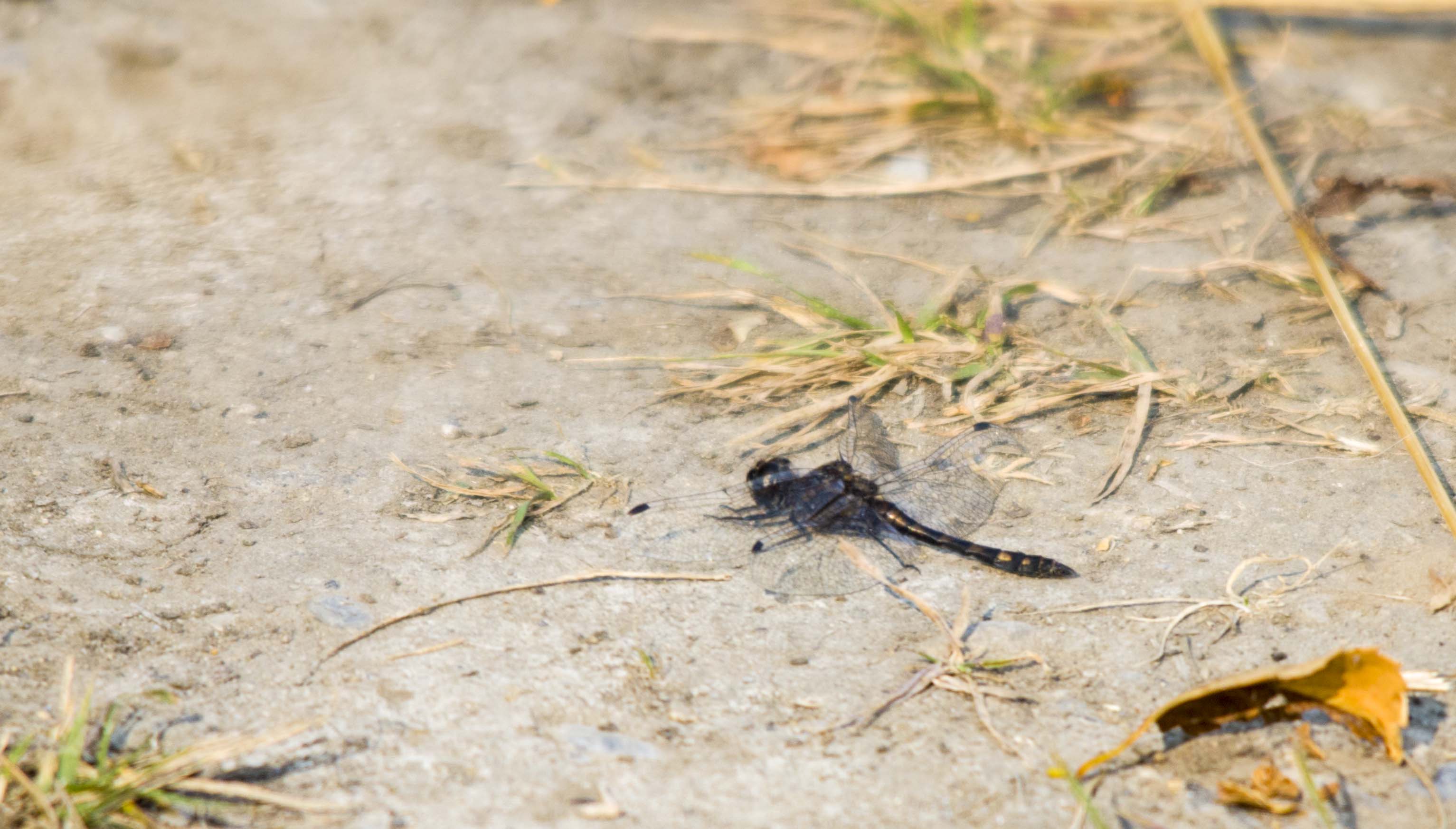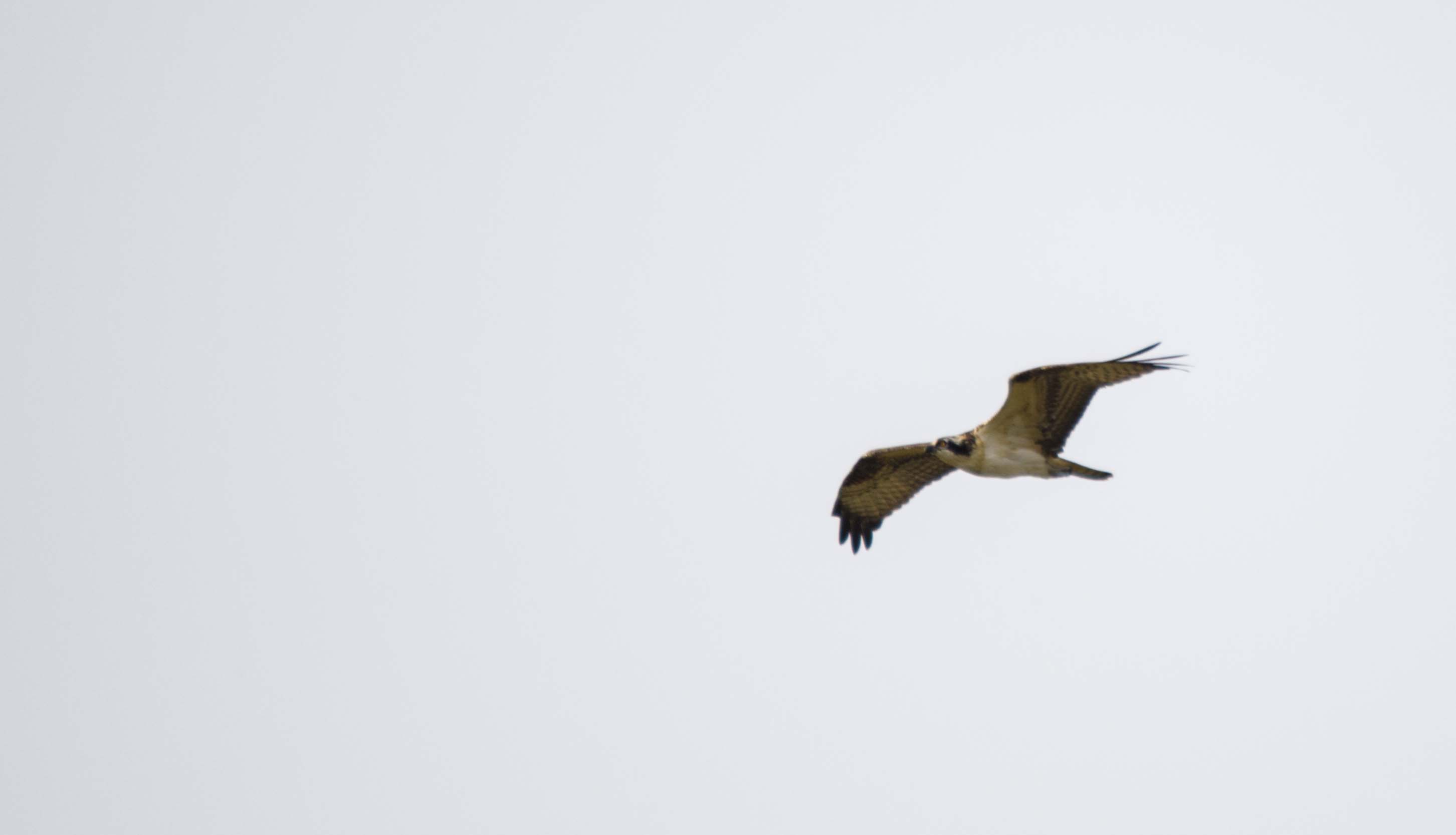Posted by Dan Arndt
Last Sunday was a great day for birding along the Bow River. The weather had been a little iffy for a couple days before, and overnight had cleared up enough to allow a whole lot of birds to begin moving through, and boy did we see and hear a lot of migrants!
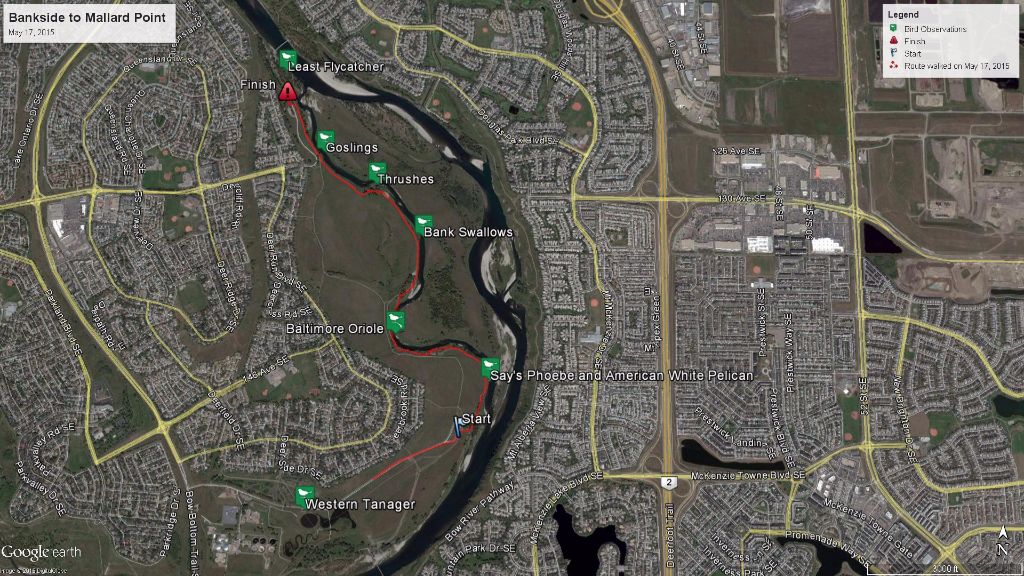
Bankside to Mallard Point – May 17, 2015
We walked around at Mallard Point for a bit early on, and found a whole lot of Swainson’s Thrushes in the underbrush (say that five times fast) and hearing a number of Yellow and Yellow-rumped Warblers singing in the bushes. From there, we drove down to the ponds at Burnsmead to look for the Wood Ducks we had there earlier in the year, but dipped on those. We did hear a couple of Western Tanagers in the saplings on the north side of the road, one of which posed nicely for us.
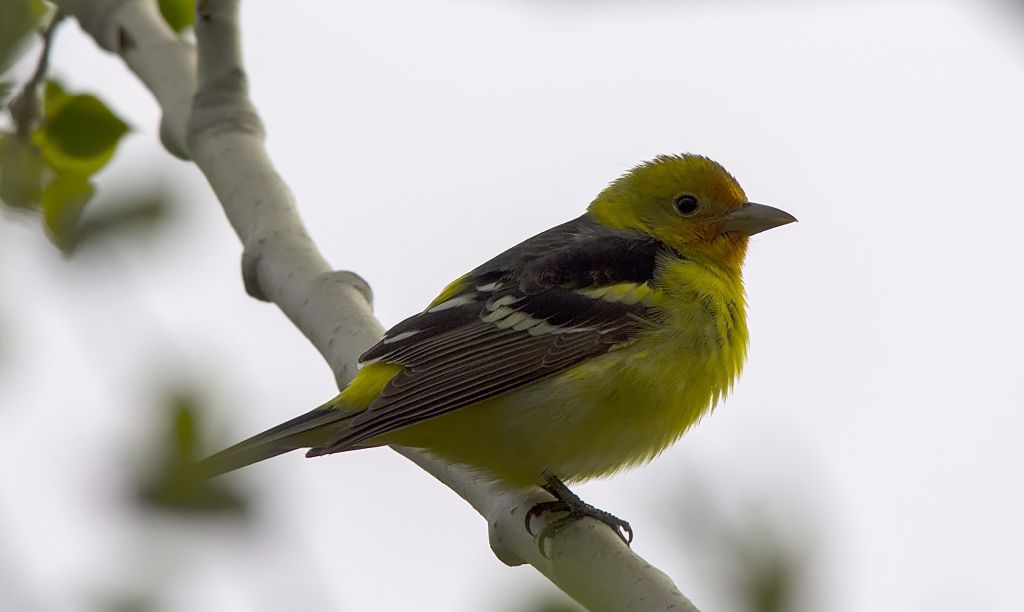
Western Tanager
Pentax K-5 + Sigma 150-500@500mm
1/1000sec., ƒ/8.0, ISO 320
From there we headed over to Bankside, in search of sapsuckers and maybe a few other warblers, but aside from hearing a couple here and there, none of them popped up into view. We headed north along the river and one of our keen-eyed participants noticed this Say’s Phoebe across the river, which was quickly harassed and scared off by a newly arrived Eastern Kingbird, but eventually the two of them worked out their differences.
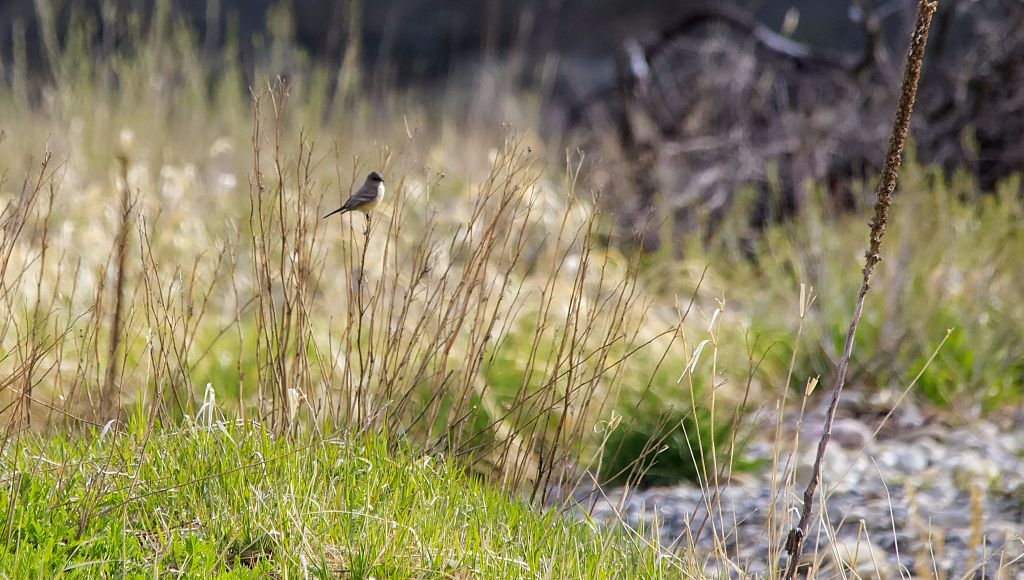
Say’s Phoebe
Pentax K-5 + Sigma 150-500@500mm
1/1250sec., ƒ/8.0, ISO 1600
Moments after we spotted this fellow, a pair of American White Pelicans gave us a very close flyover, enough to tell this male by the large crest present on the bill.
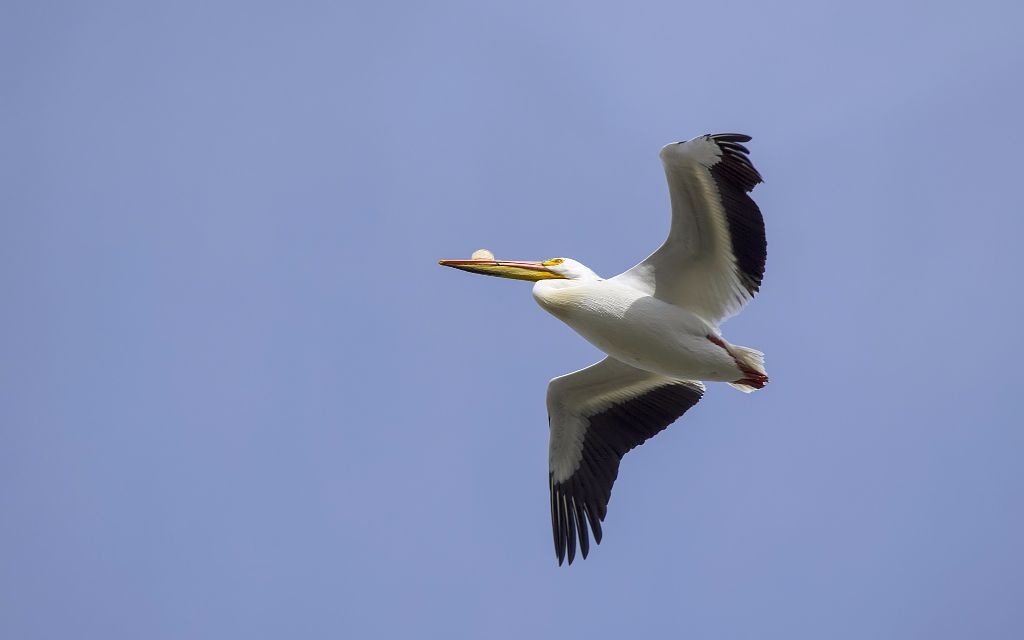
American White Pelican
Pentax K-5 + Sigma 150-500@500mm
1/1600sec., ƒ/8.0, ISO 400
The morning continued with us finding Song Sparrows, Lincoln’s Sparrows, and Swainson’s Thrushes absolutely everywhere, but none of them really allowed us to get too close, and despite our efforts, we couldn’t quite pick out a Hermit Thrush or a Veery from the pack. We did hear a few of these beautiful male Baltimore Orioles singing in the poplar trees across the river!
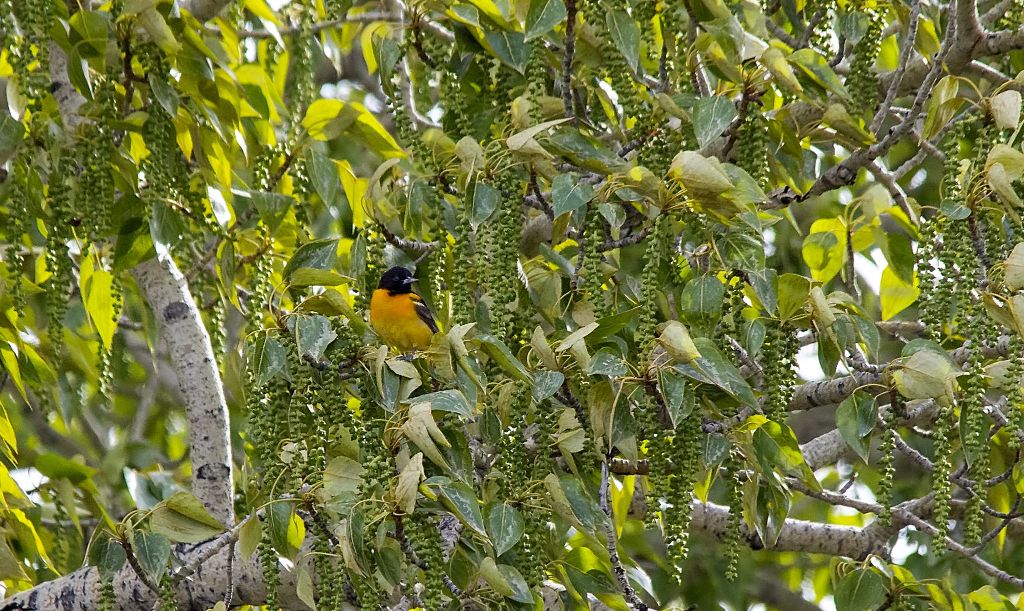
Baltimore Oriole
Pentax K-5 + Sigma 150-500@500mm
1/1250sec., ƒ/8.0, ISO 1600
Upstream in a section of the bank that had been carved out in the 2013 flood we found a colony of Bank Swallows setting up shop. It’s always fun to watch them dip and weave over the river and in and out of their tiny homes.
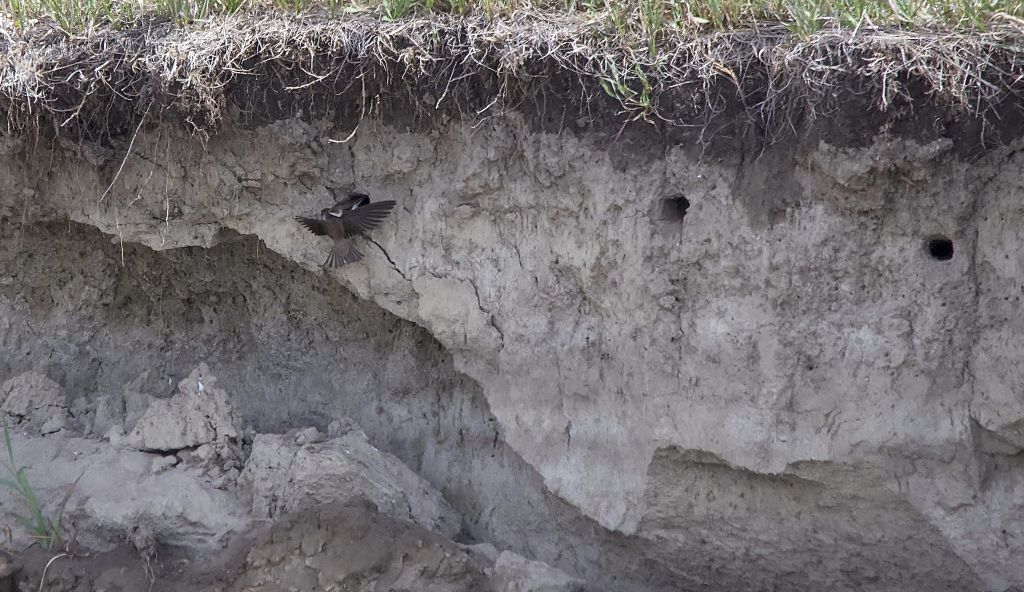
Bank Swallows
Pentax K-5 + Sigma 150-500@500mm
1/2000sec., ƒ/8.0, ISO 2000
We continued upstream to find a grove where we’ve found nesting American Kestrels in one of the large hollowed out trees, but unfortunately came up empty in the trees. On the river though, we found a lifer for most of our group, great looks at a usually hard to spot warbler, and yet another great look at one of the Swainson’s Thrushes along our path.
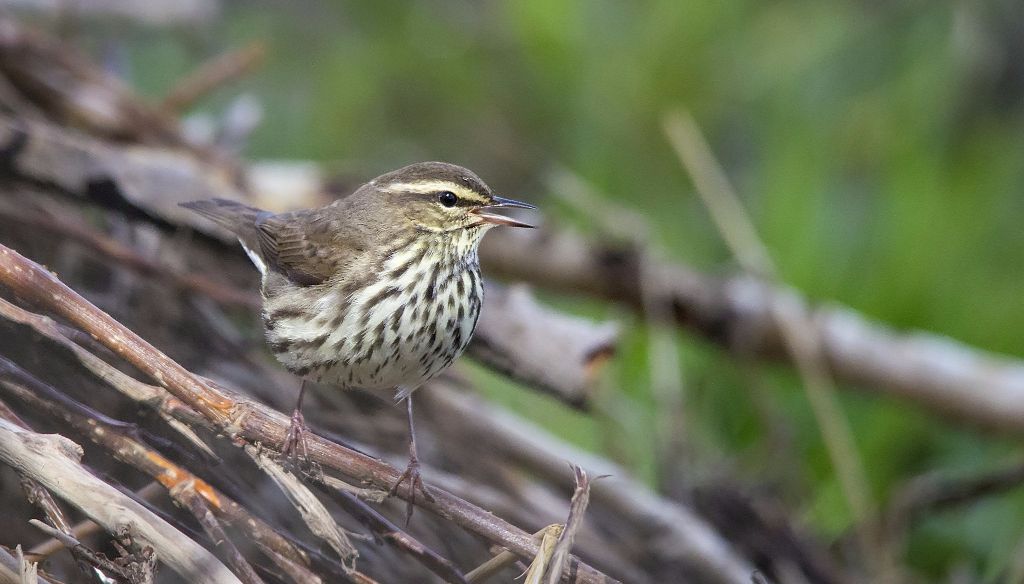
Northern Waterthrush
Pentax K-5 + Sigma 150-500@500mm
1/1600sec., ƒ/8.0, ISO 3200
We noticed this Northern Waterthrush darting along the bottom of the logs and accumulated debris, but popped out a couple of times for us to take photos. We also had some of our best looks at a couple of Swainson’s Thrushes bobbing up and down along the brush pile.
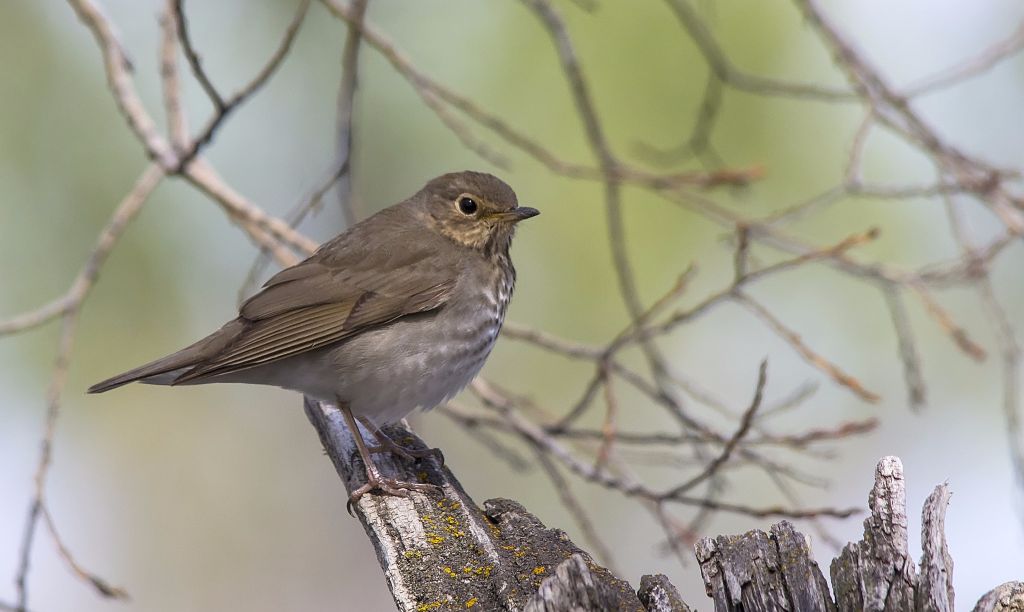
Swainson’s Thrush
Pentax K-5 + Sigma 150-500@500mm
1/1600sec., ƒ/8.0, ISO 1000
Our best bird of the day, and arguably of the entire course so far, was this Gray-cheeked Thrush. They’re a rare migrant in southern Alberta, and it seems that a few of them might have been included in the overnight thrush fallout, as they also banded 5 of them at the Inglewood Bird Sanctuary bird banding station that morning.
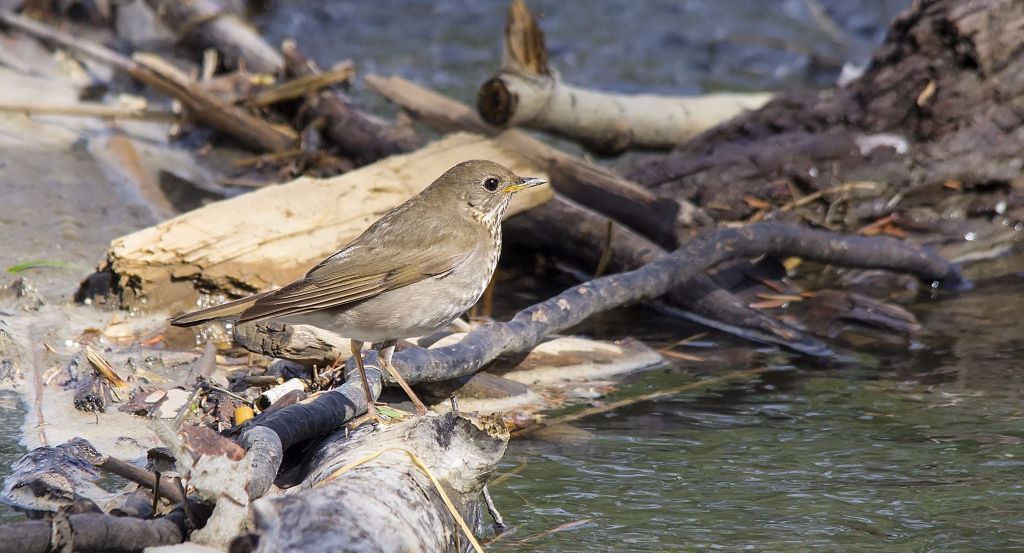
Gray-cheeked Thrush
Pentax K-5 + Sigma 150-500@500mm
1/1250sec., ƒ/8.0, ISO 1000
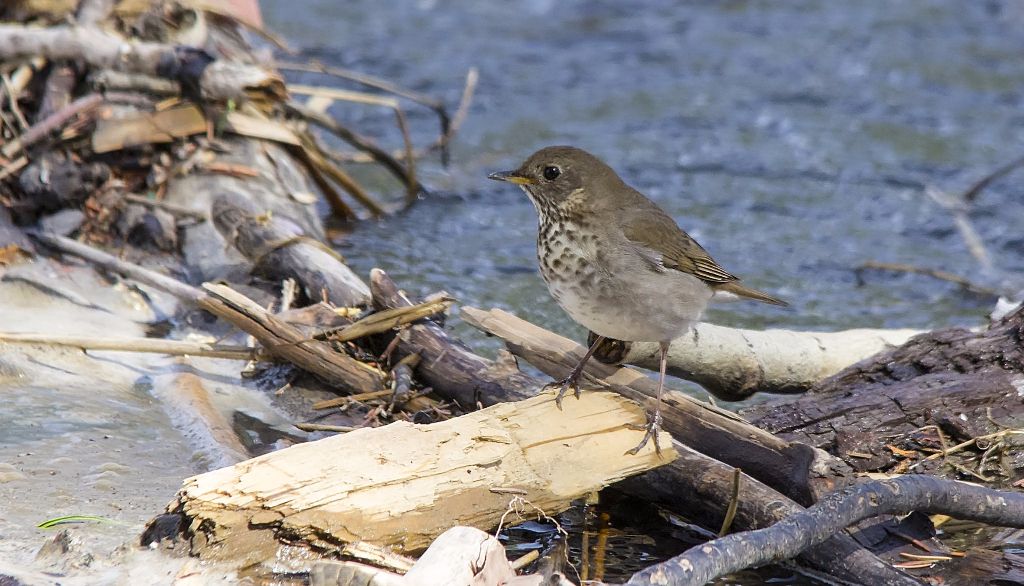
Gray-cheeked Thrush
Pentax K-5 + Sigma 150-500@500mm
1/1250sec., ƒ/8.0, ISO 1000
We spent some time with the thrushes before heading back upstream, to find our first goslings of the season, and remarked at just how big they were already!
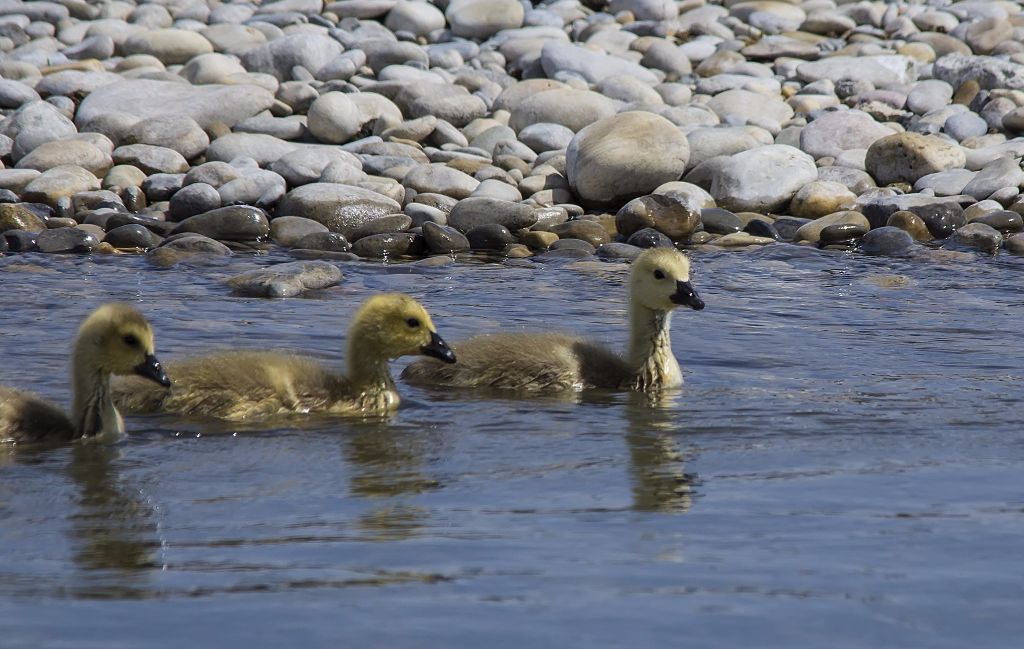
Canada Goose goslings
Pentax K-5 + Sigma 150-500@500mm
1/1600sec., ƒ/8.0, ISO 400
As we wrapped up for the day at Mallard Point, we heard the Least Flycatchers calling from the bushes again and I decided I had to at least try to get a picture. All I was able to snap was this record shot before it flew off. I’m sure I’ll get better ones later on this year!
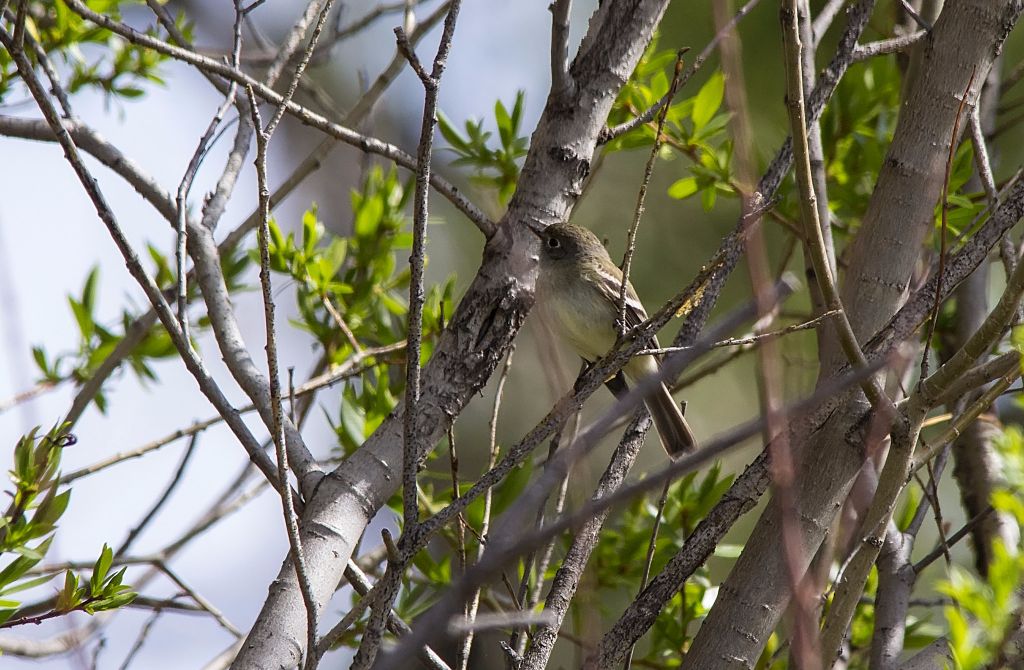
Least Flycatcher
Pentax K-5 + Sigma 150-500@500mm
1/1250sec., ƒ/8.0, ISO 1000
